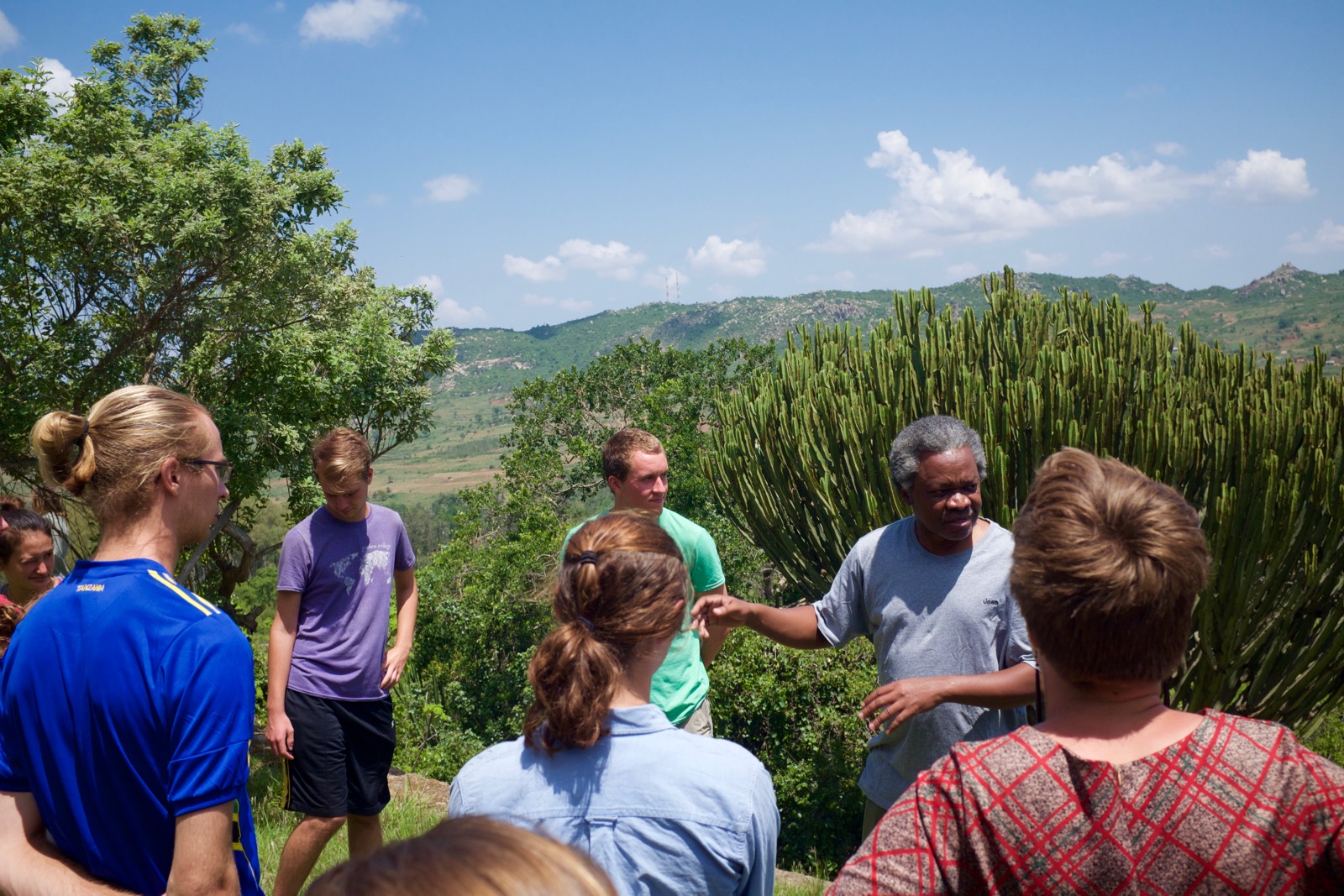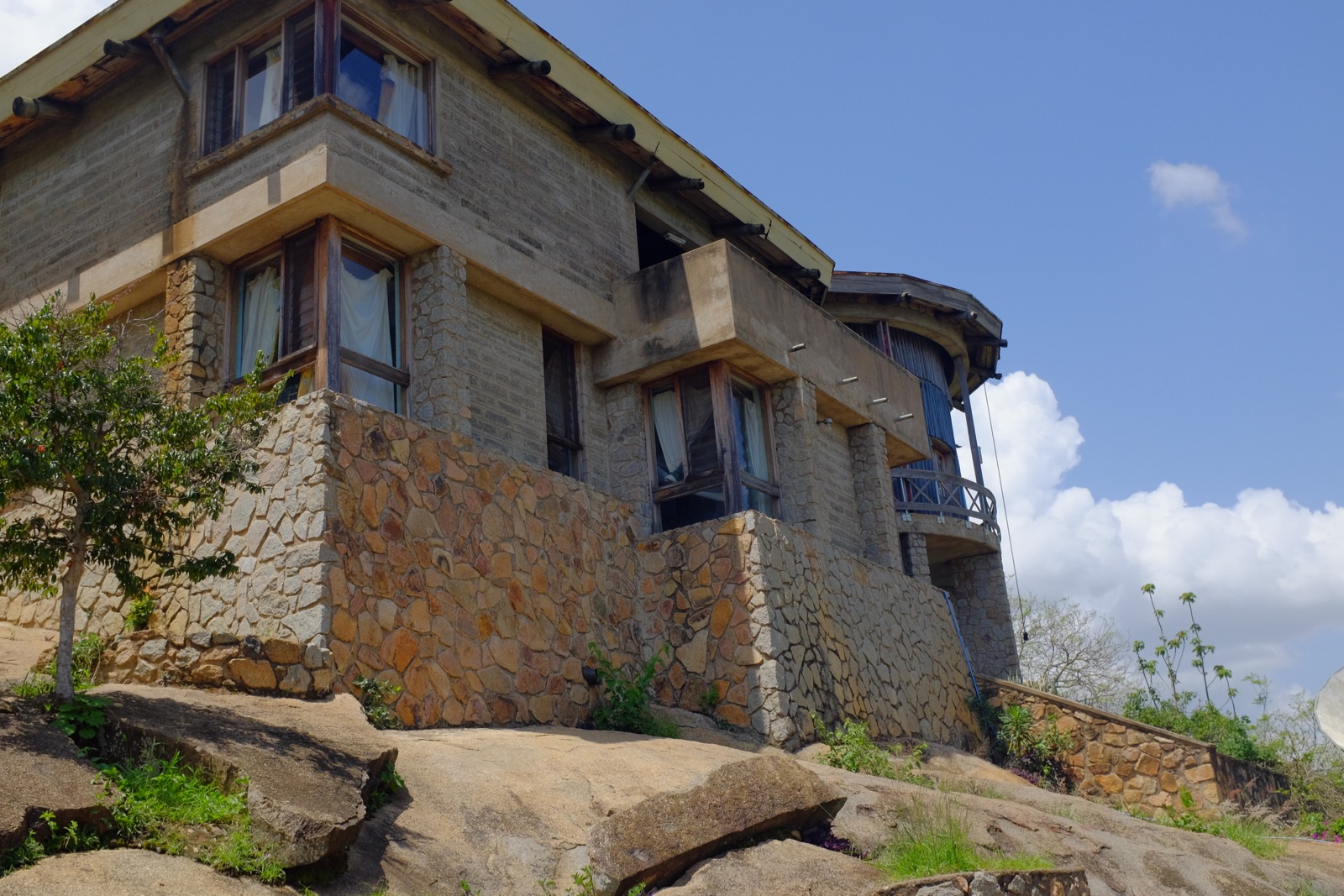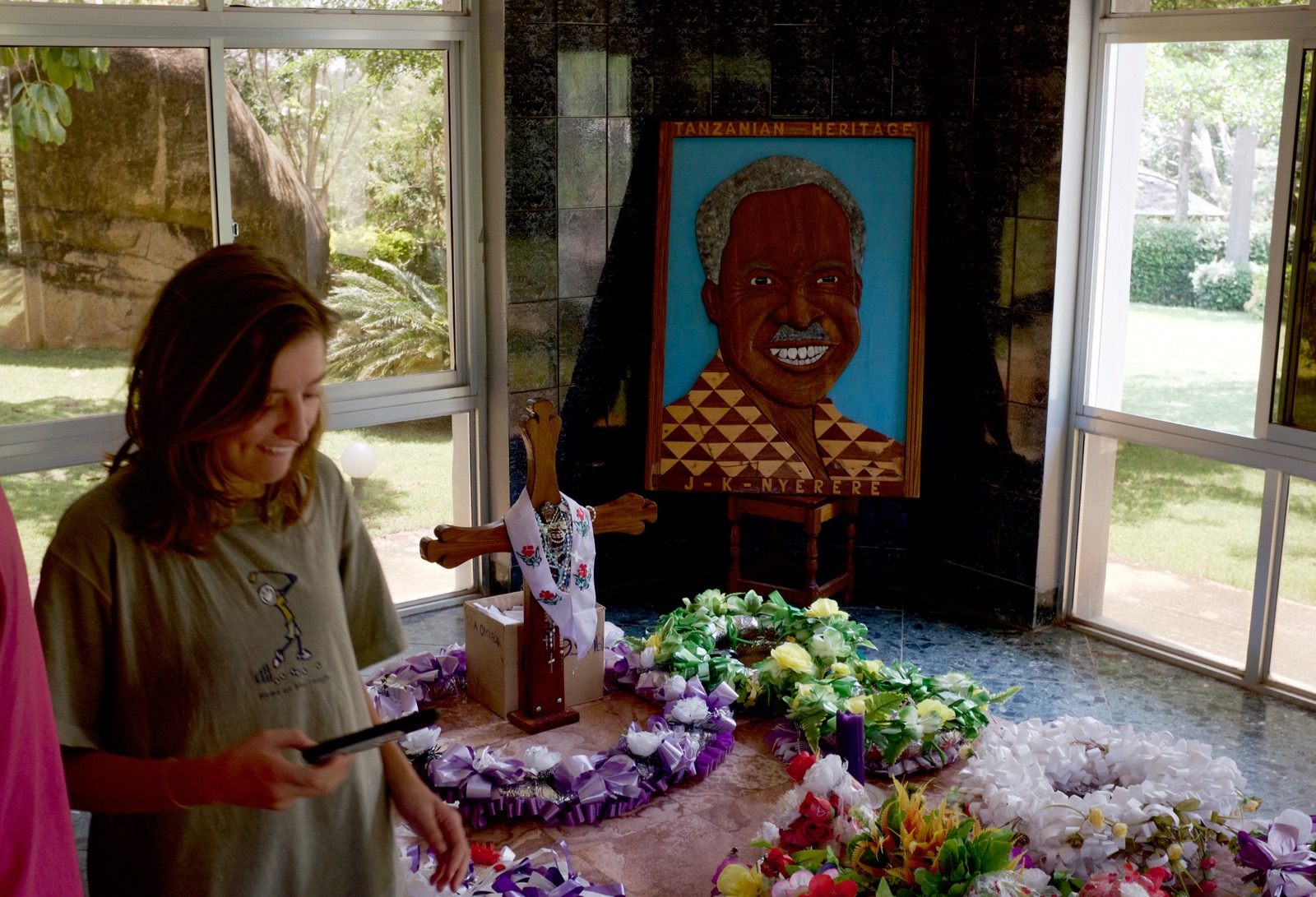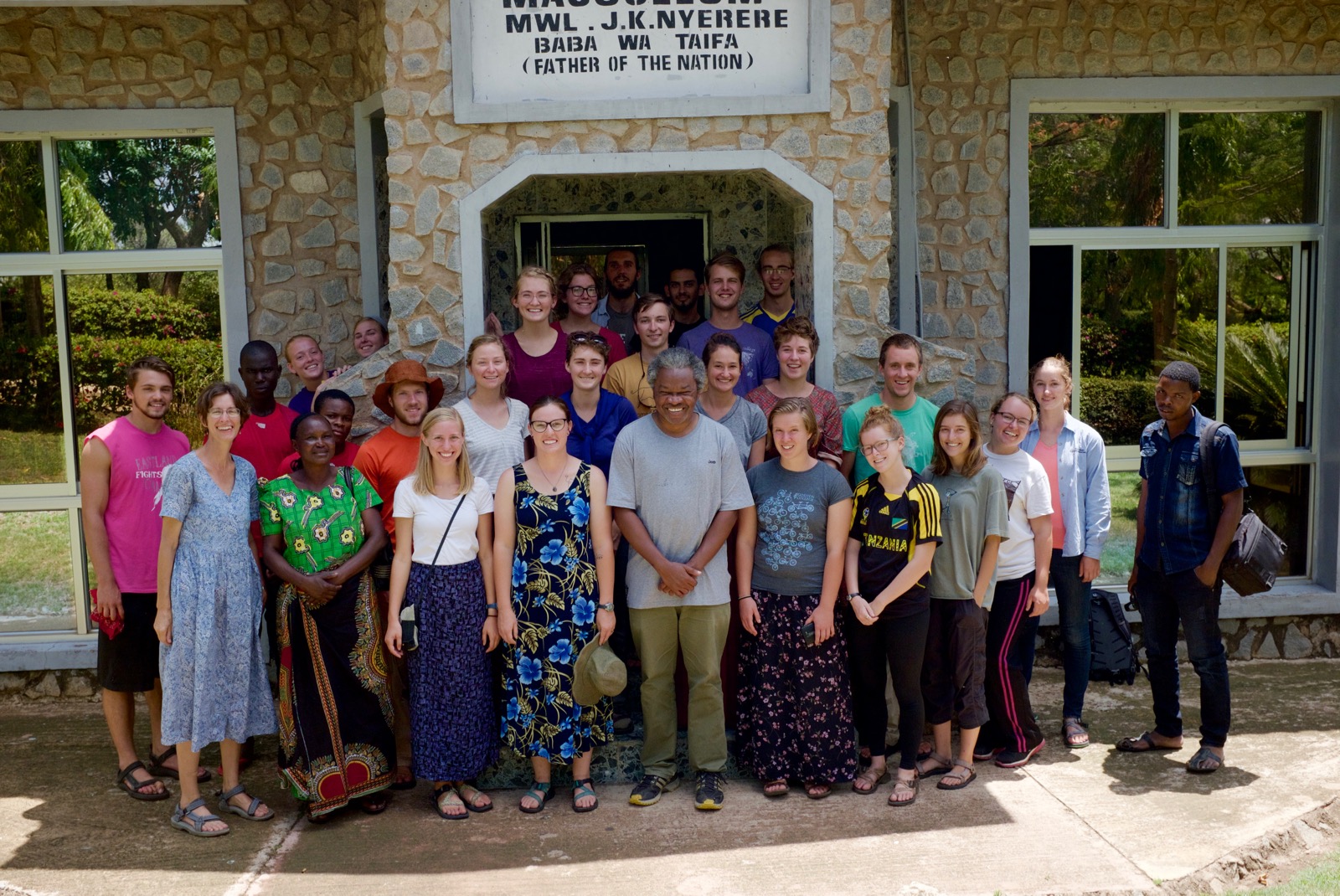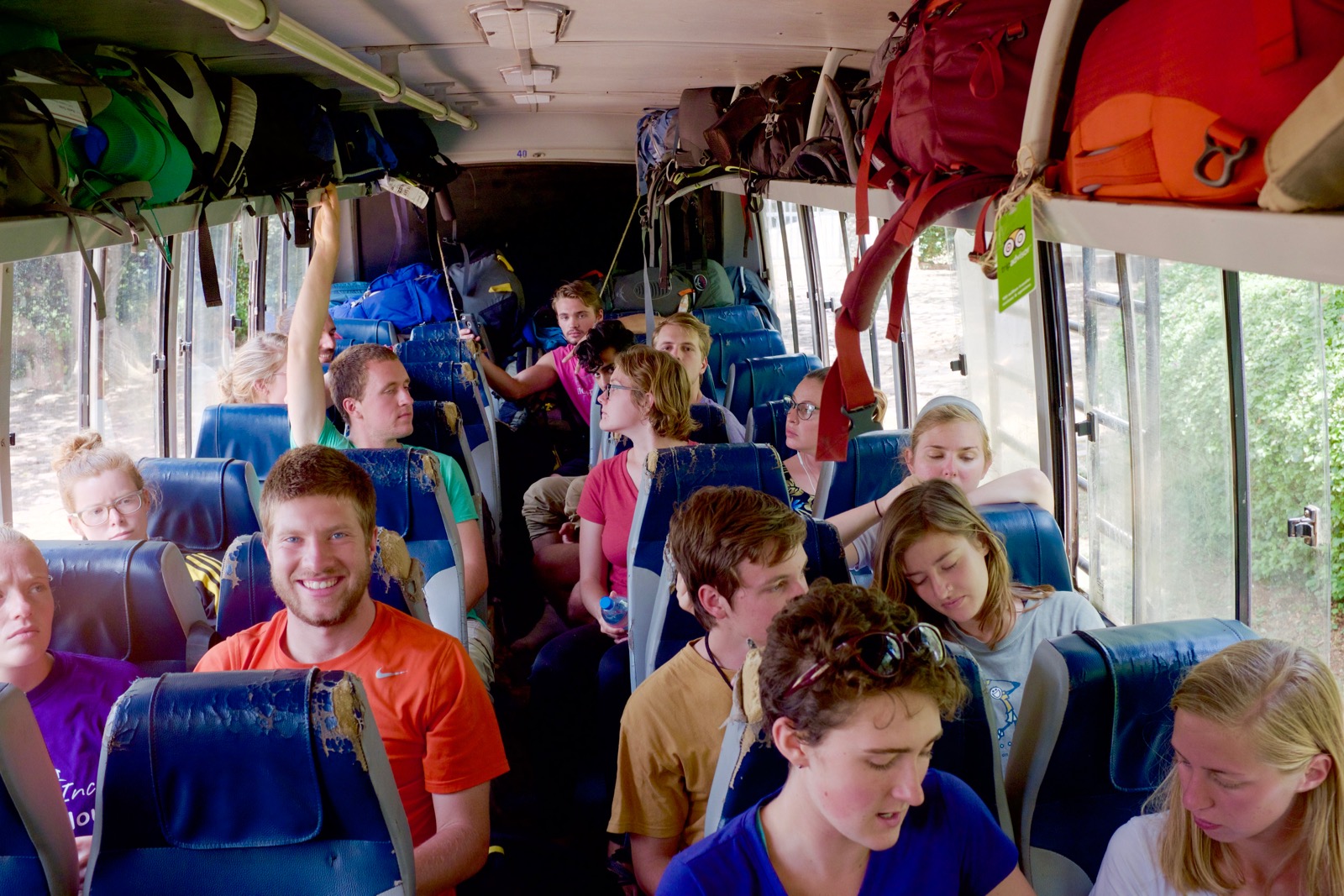Ikoma / Grumeti / Butiama
Finally we reached the Mara region! Mara lies between Lake Victoria (west), and the Serengeti (east) and is where students will spend their service time for (most) of the remainder of the SST term.
Here on the western side of the Serengeti there is a profusion of tribal groups. The Ikoma people (Waikoma), numbering about 15,000, left the Serengeti to avoid Maasai raids many decades ago. We stayed two nights at the Ikoma Cultural Centre in Nyichoka. Agnes (Mama Nuru), has been trying to keep Ikoma culture alive among young people, offering opportunities at the Centre to perform traditional dances and music for visitors, such as our group.
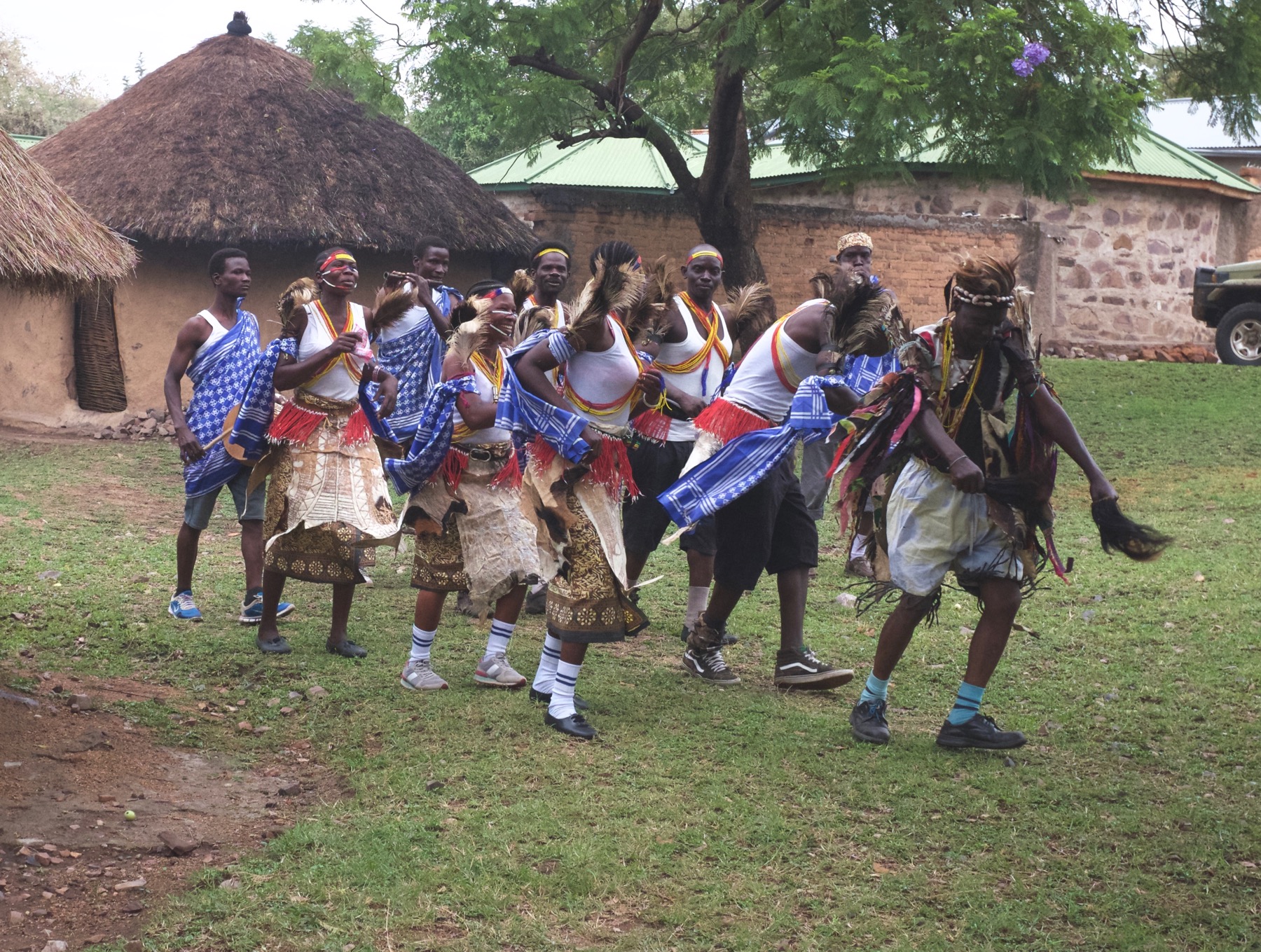
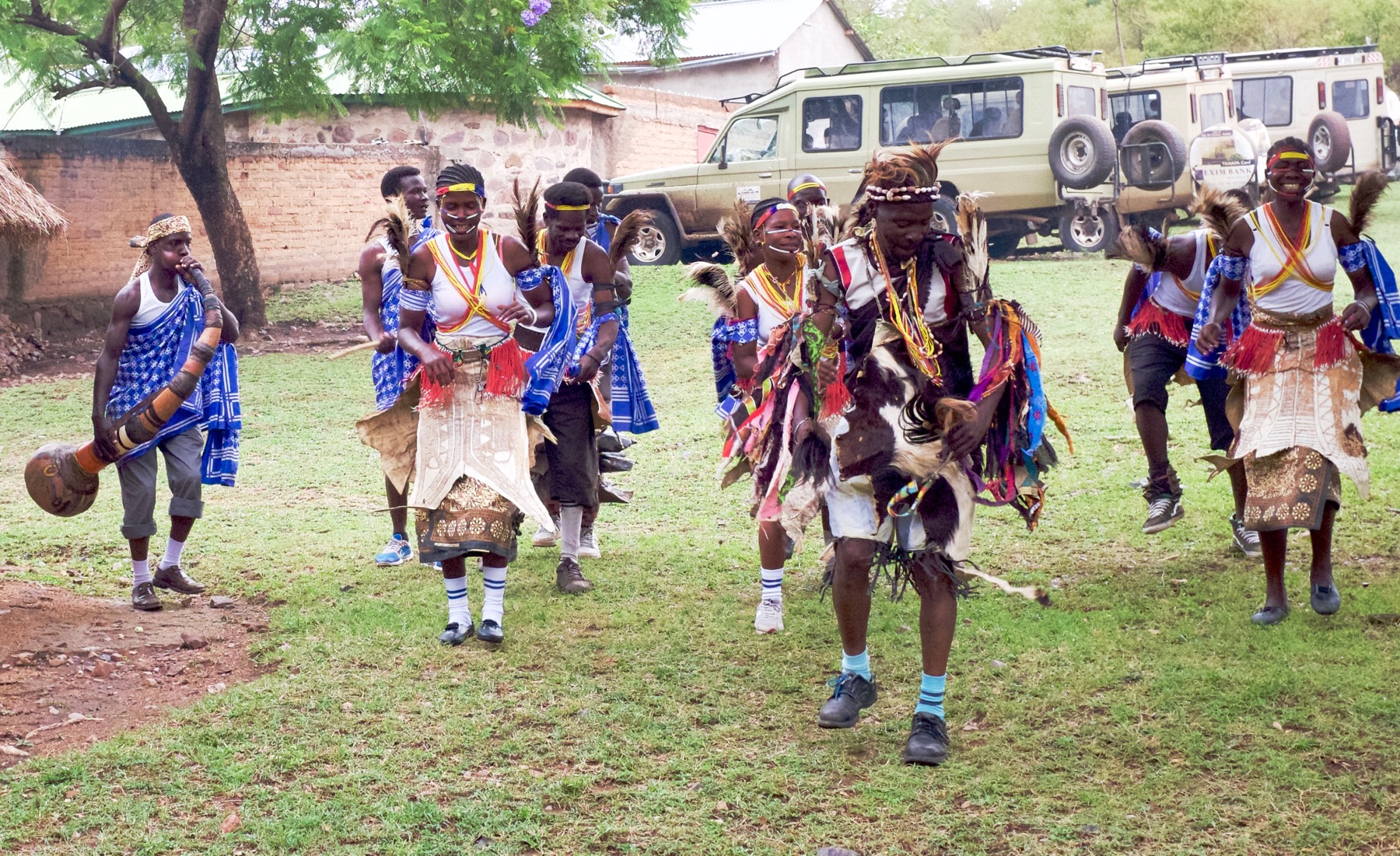
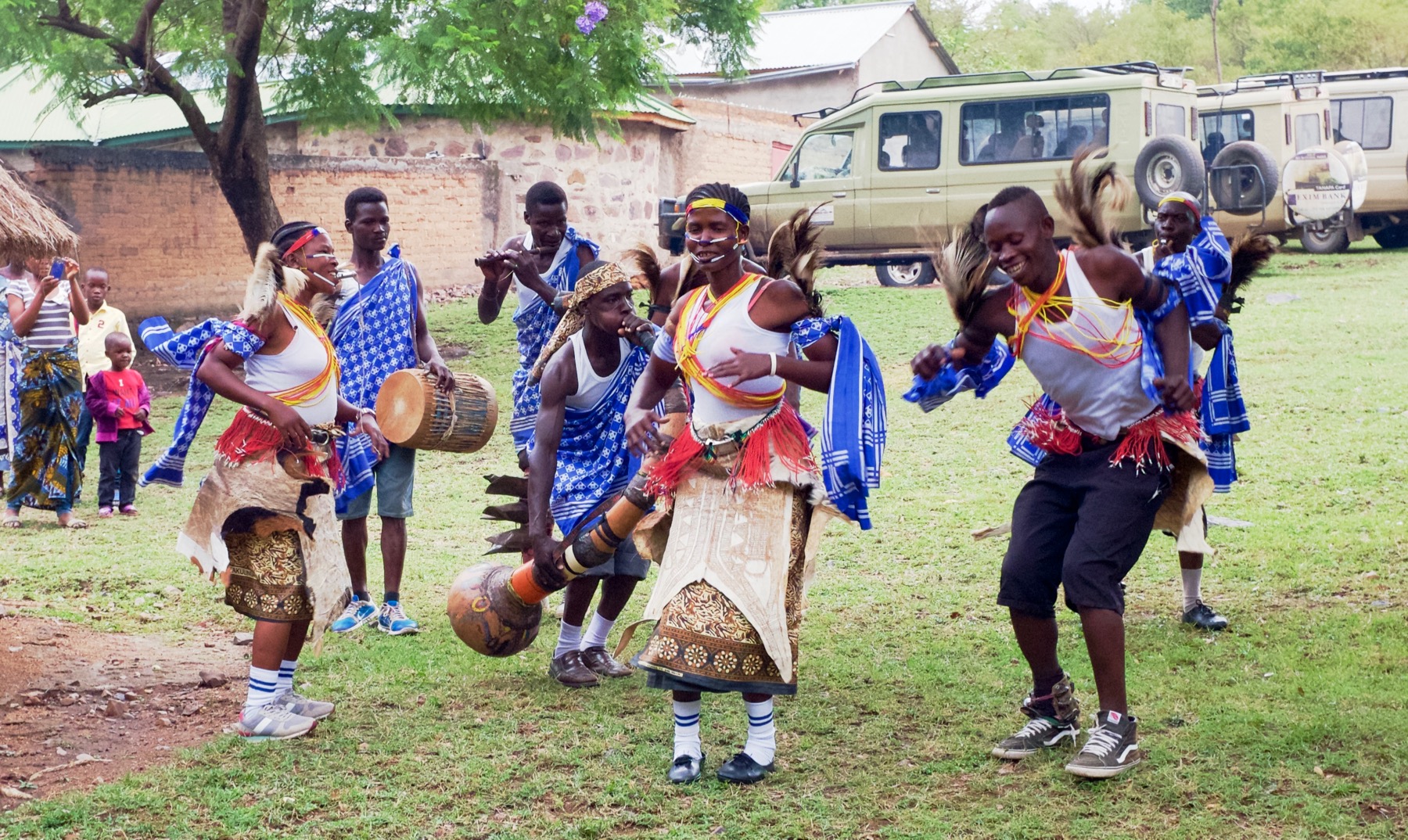
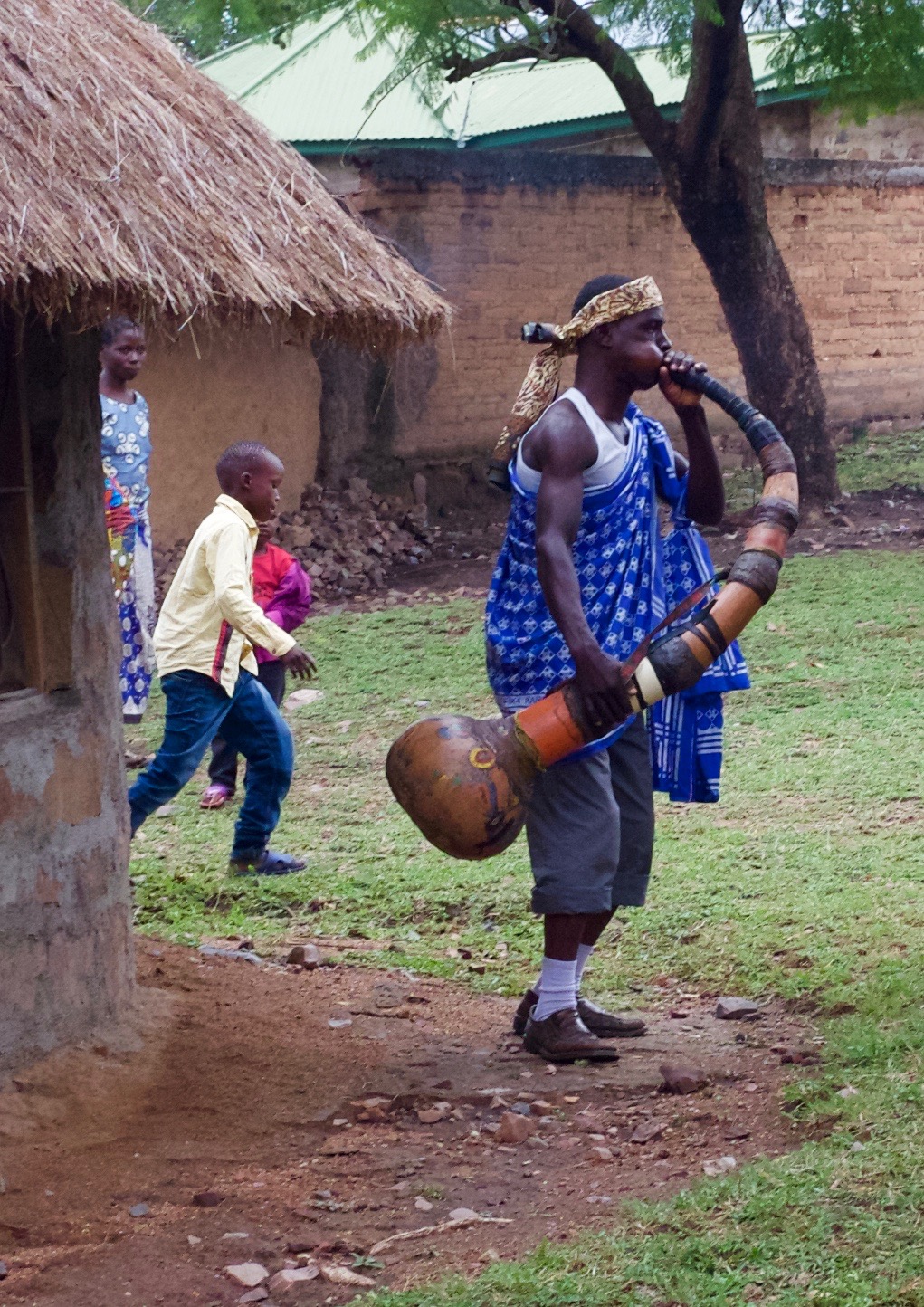
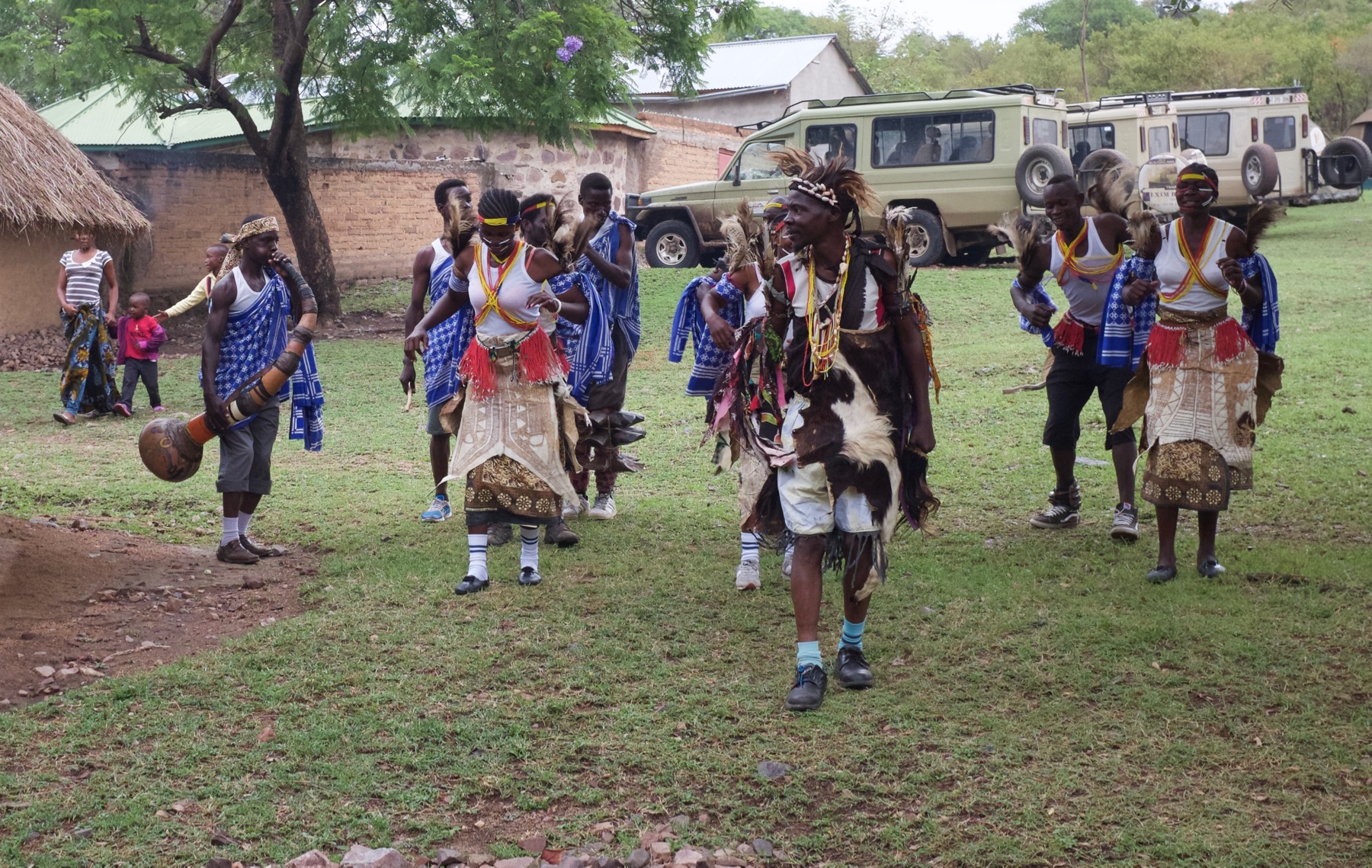
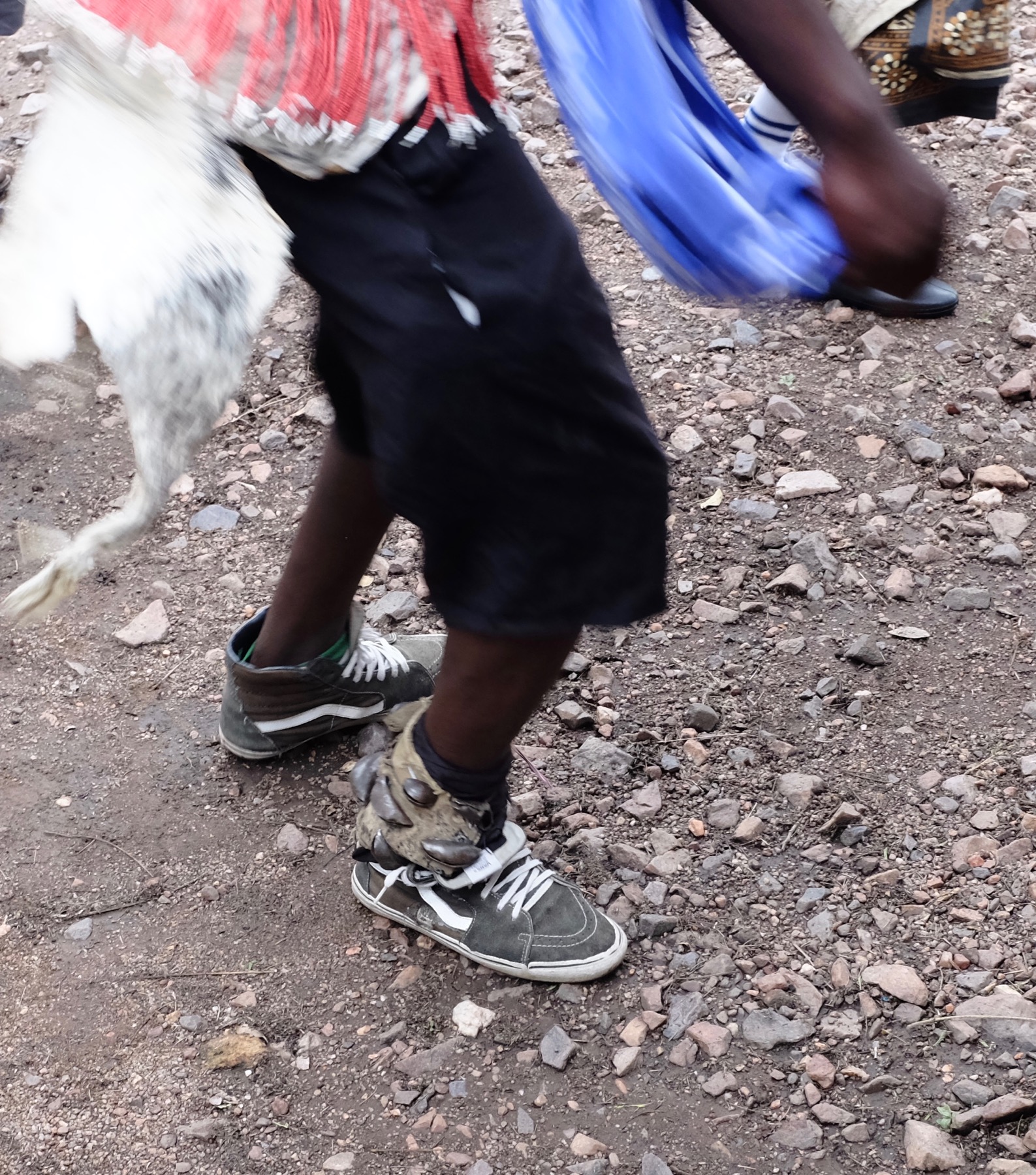
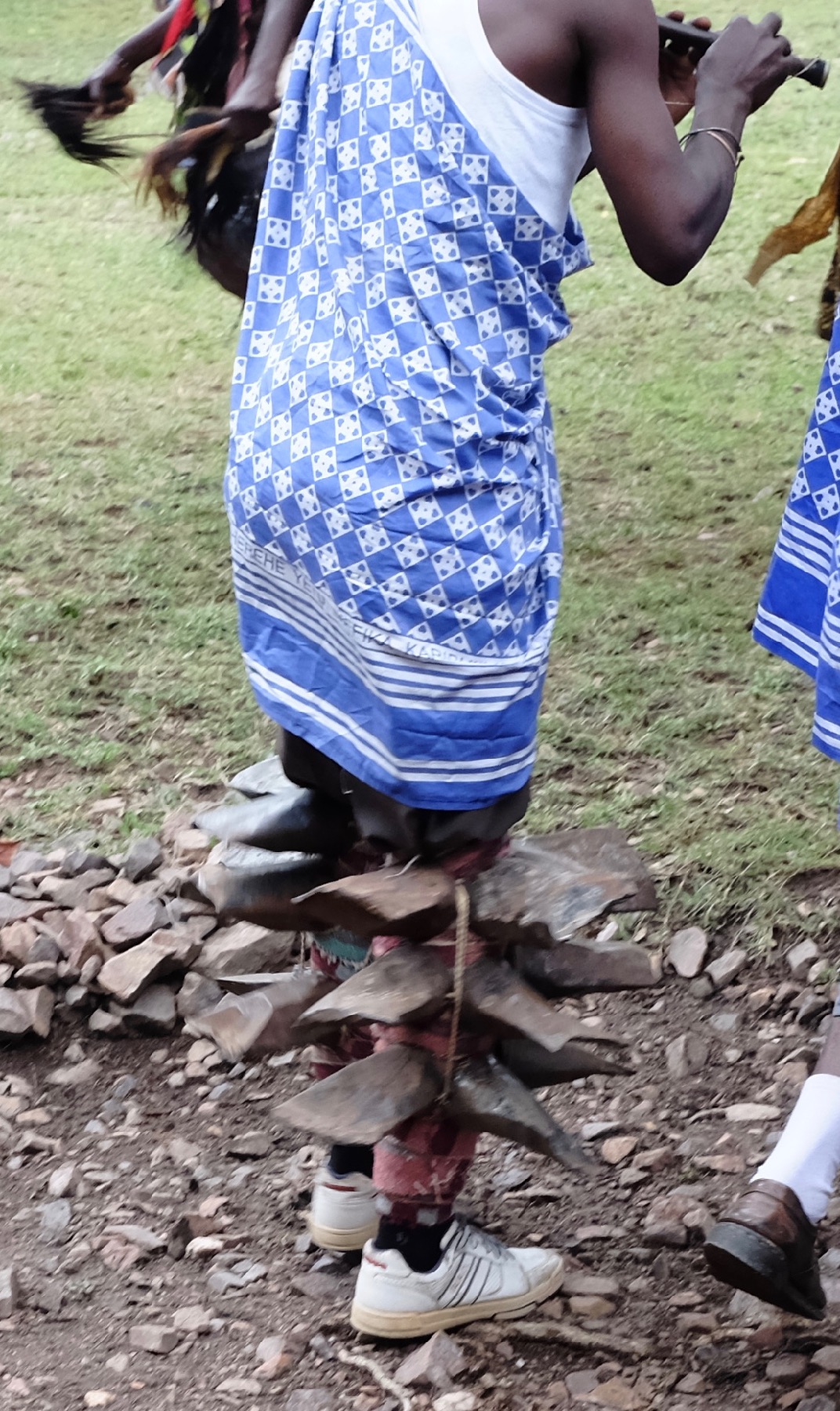
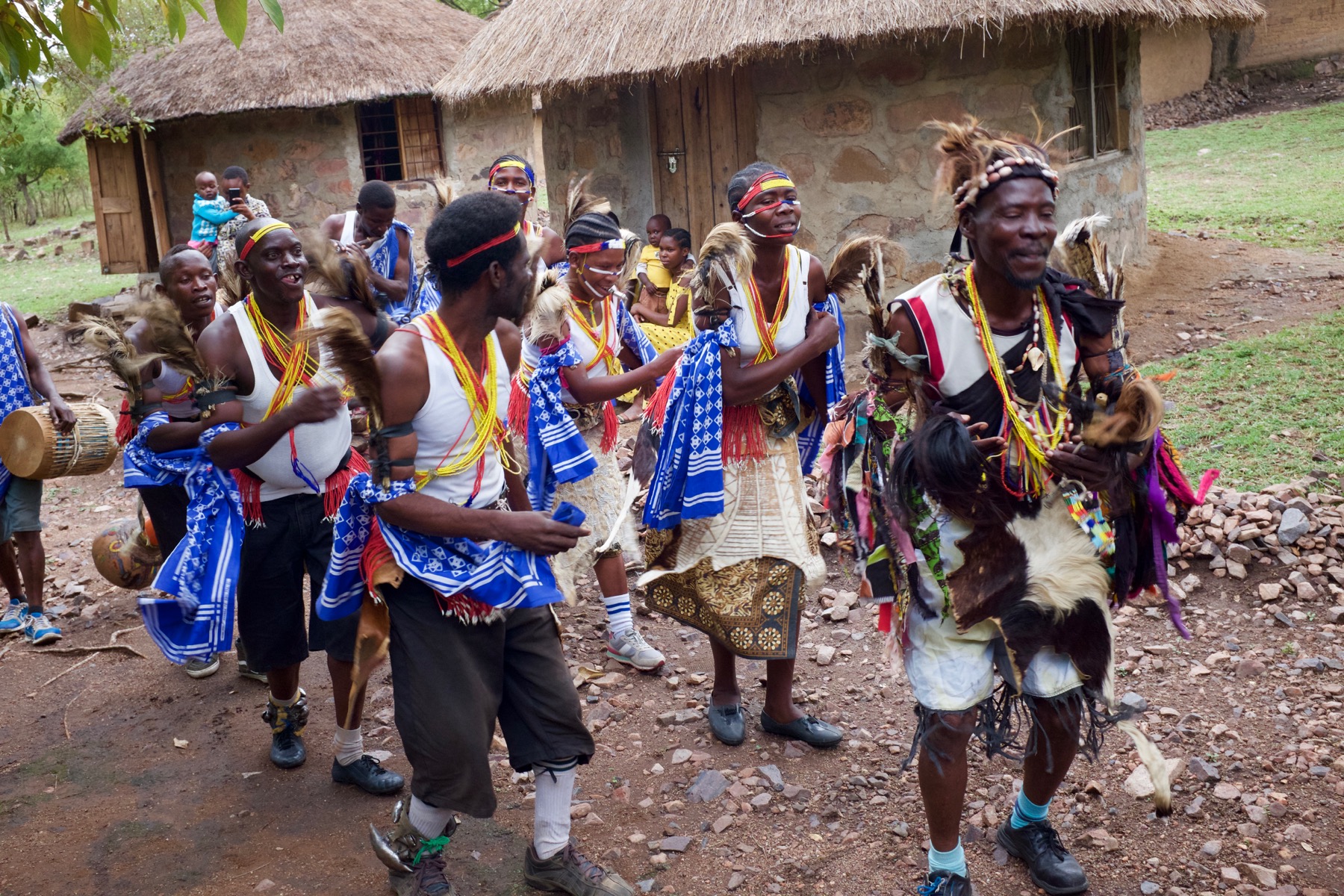
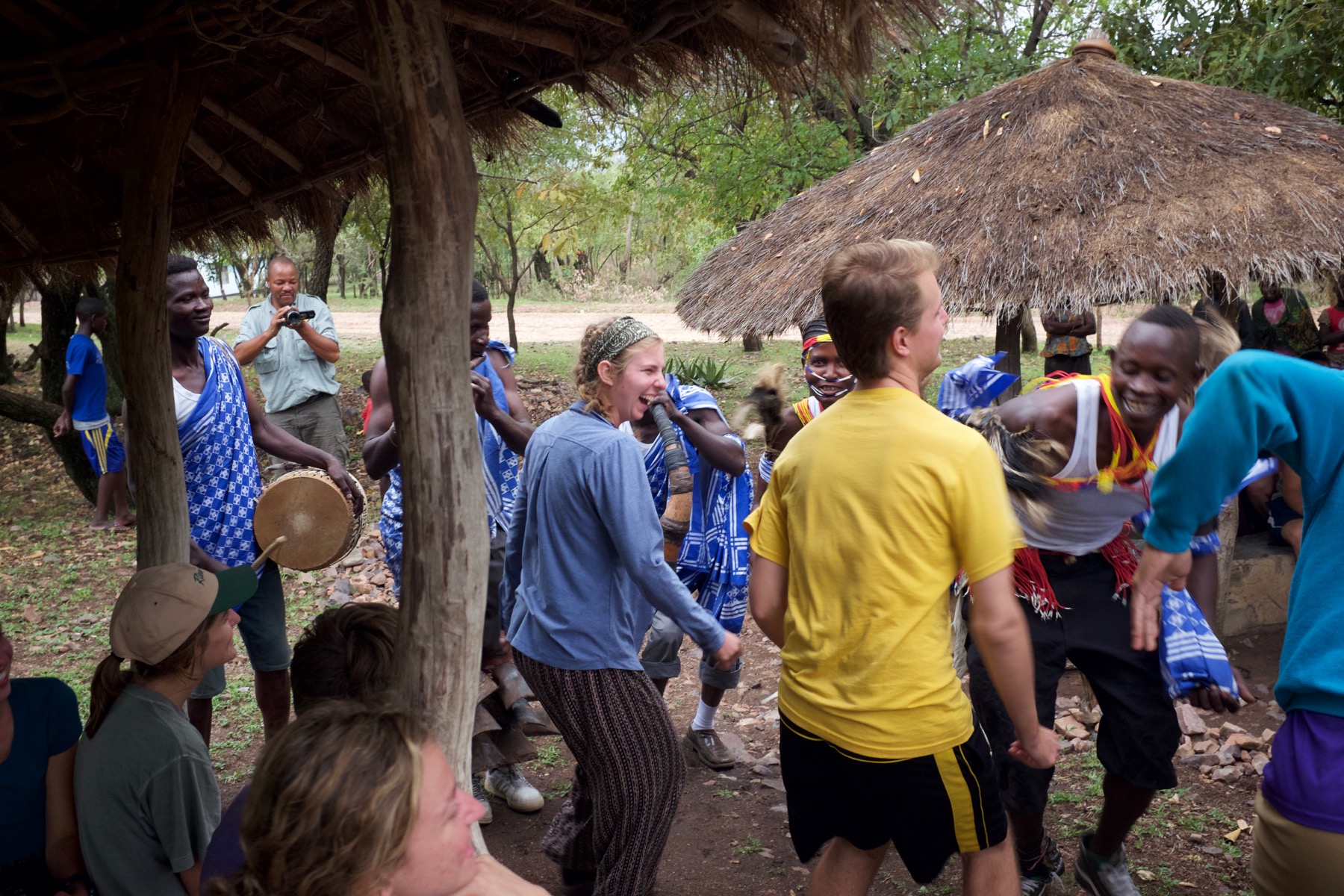
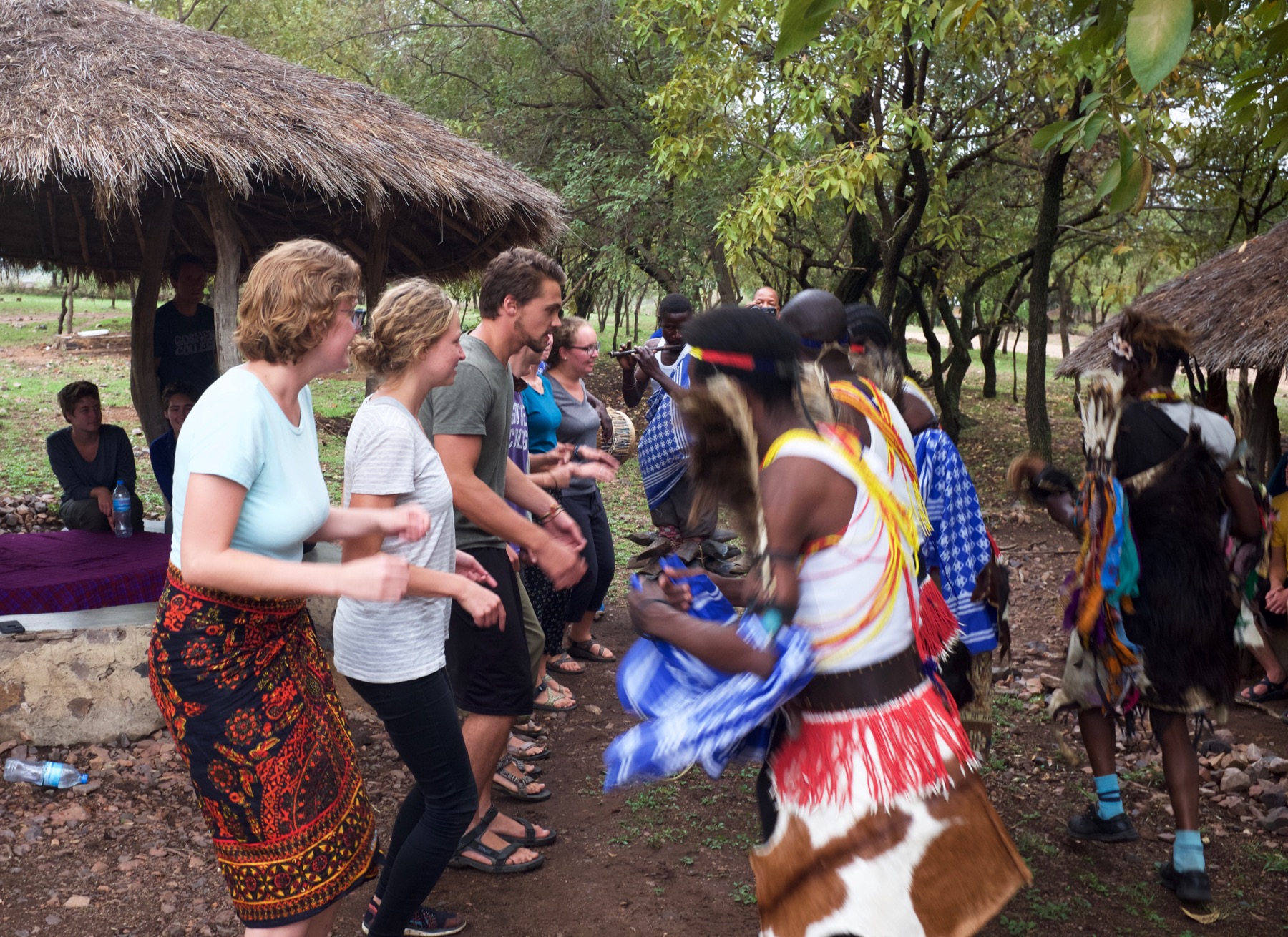
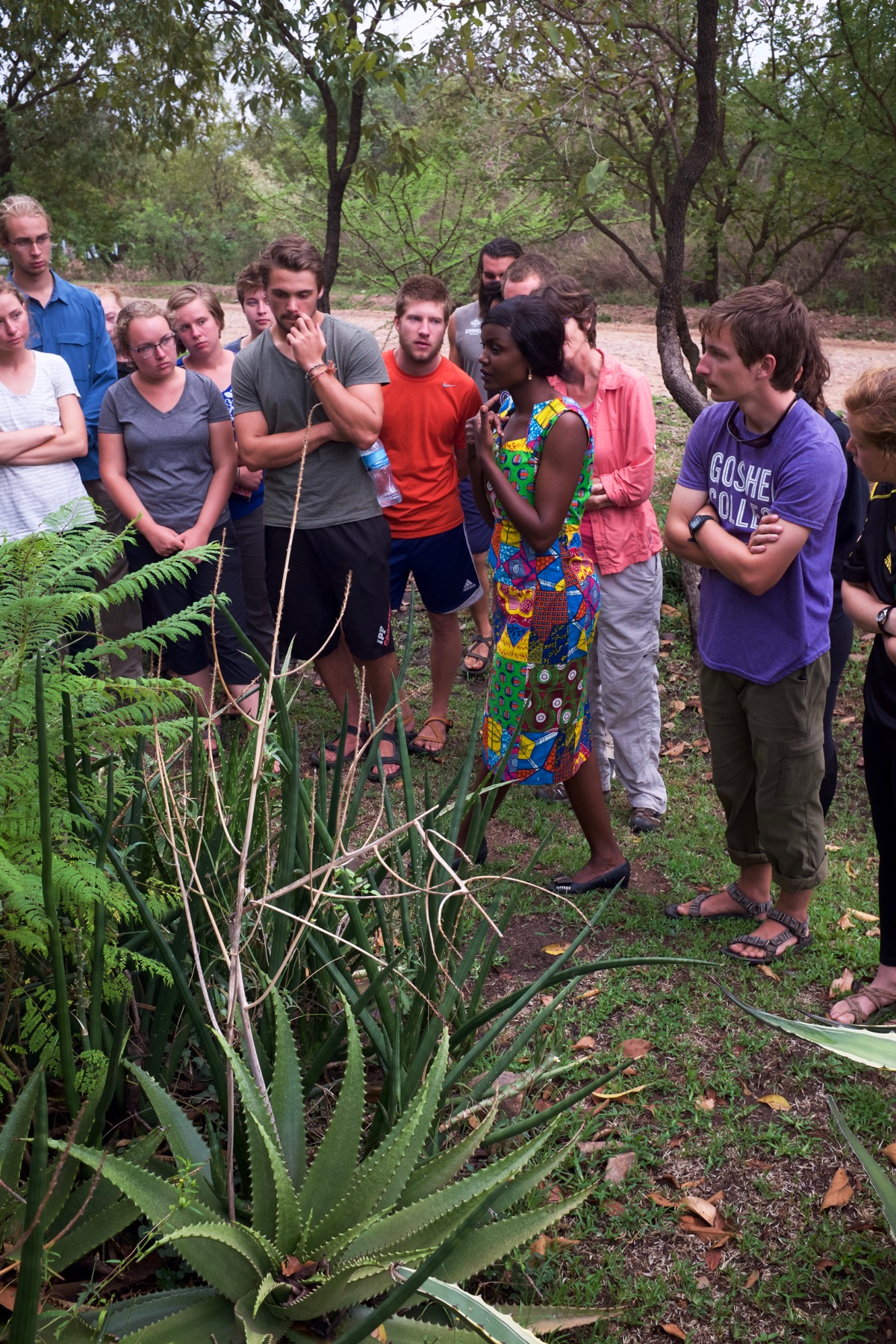
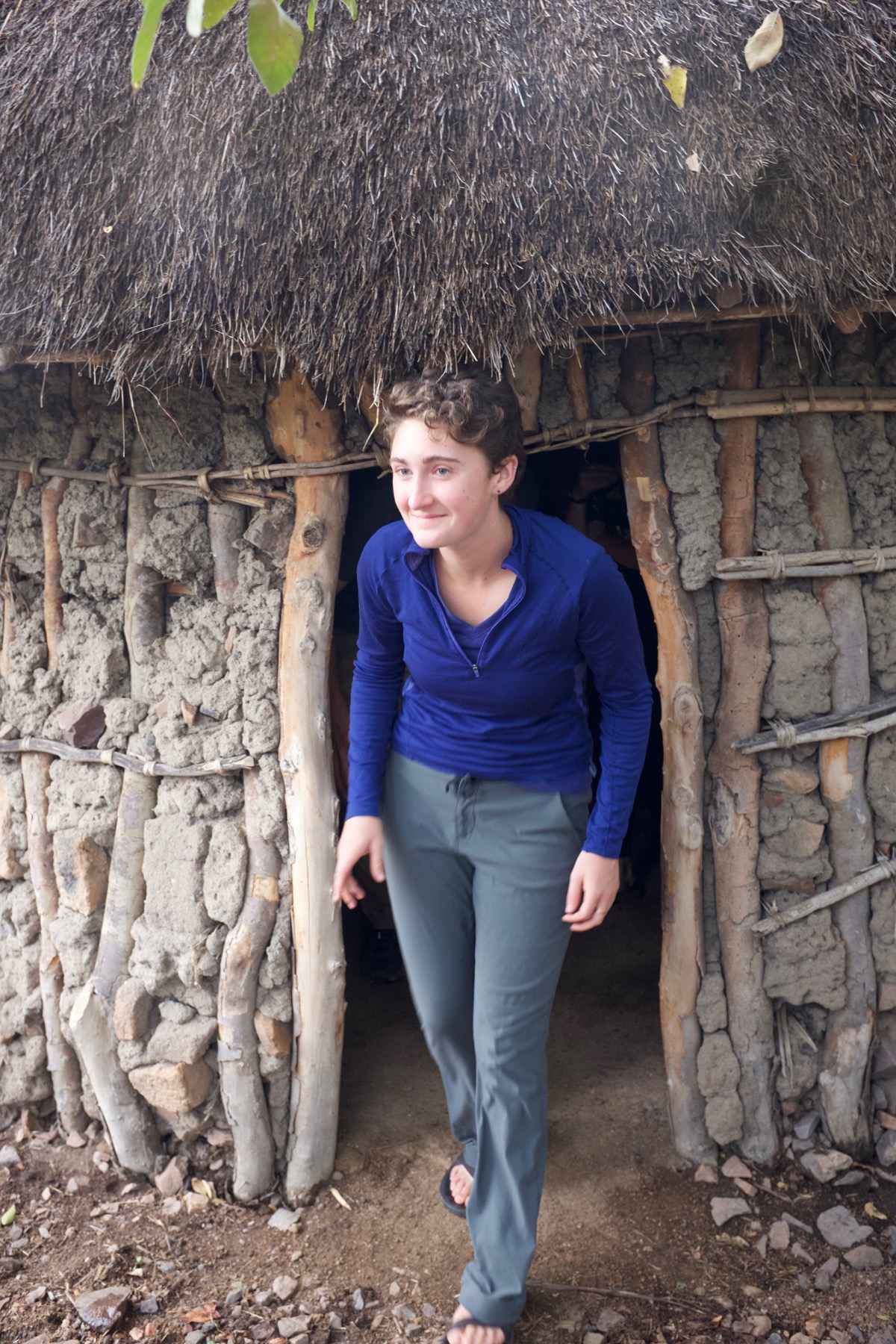
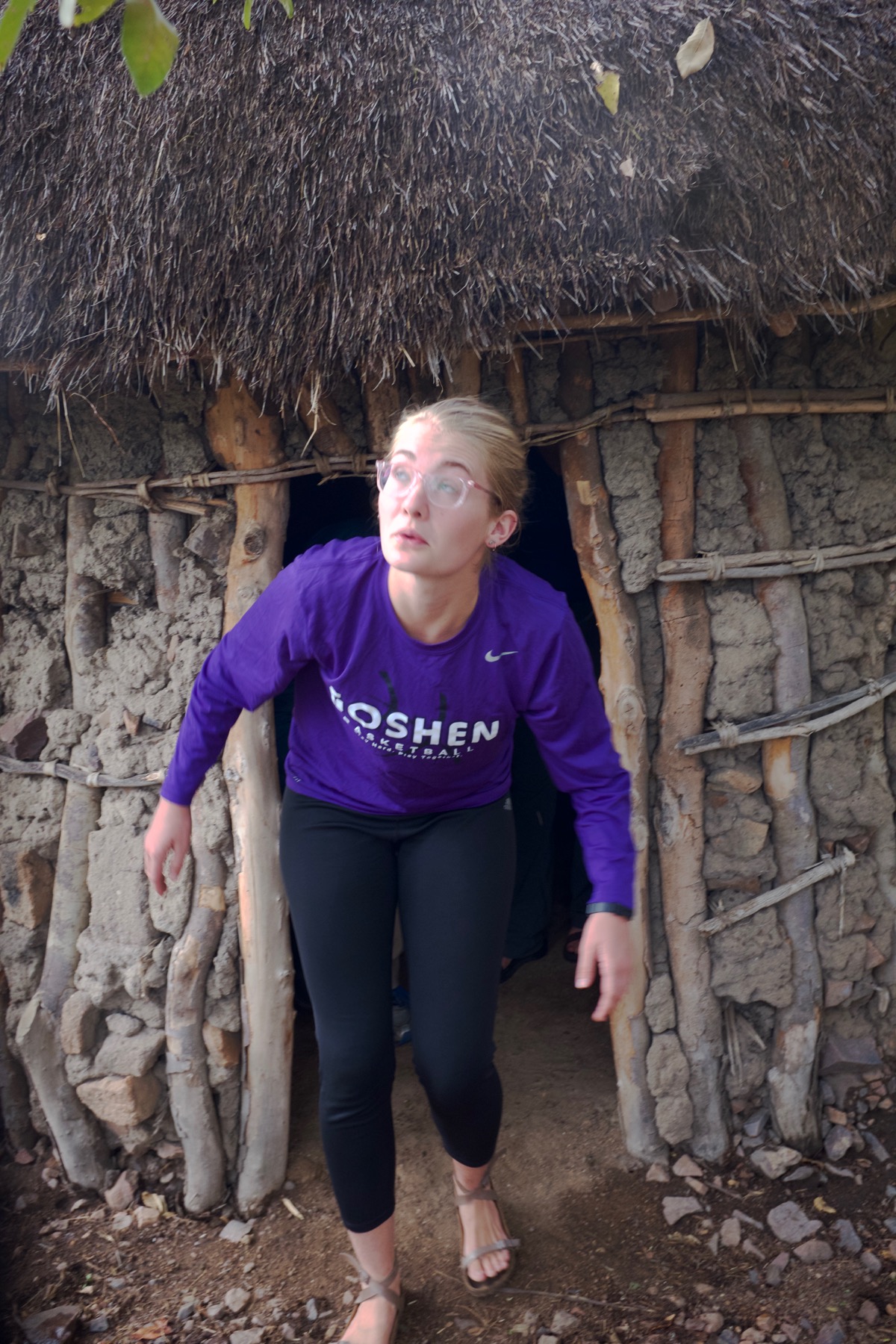

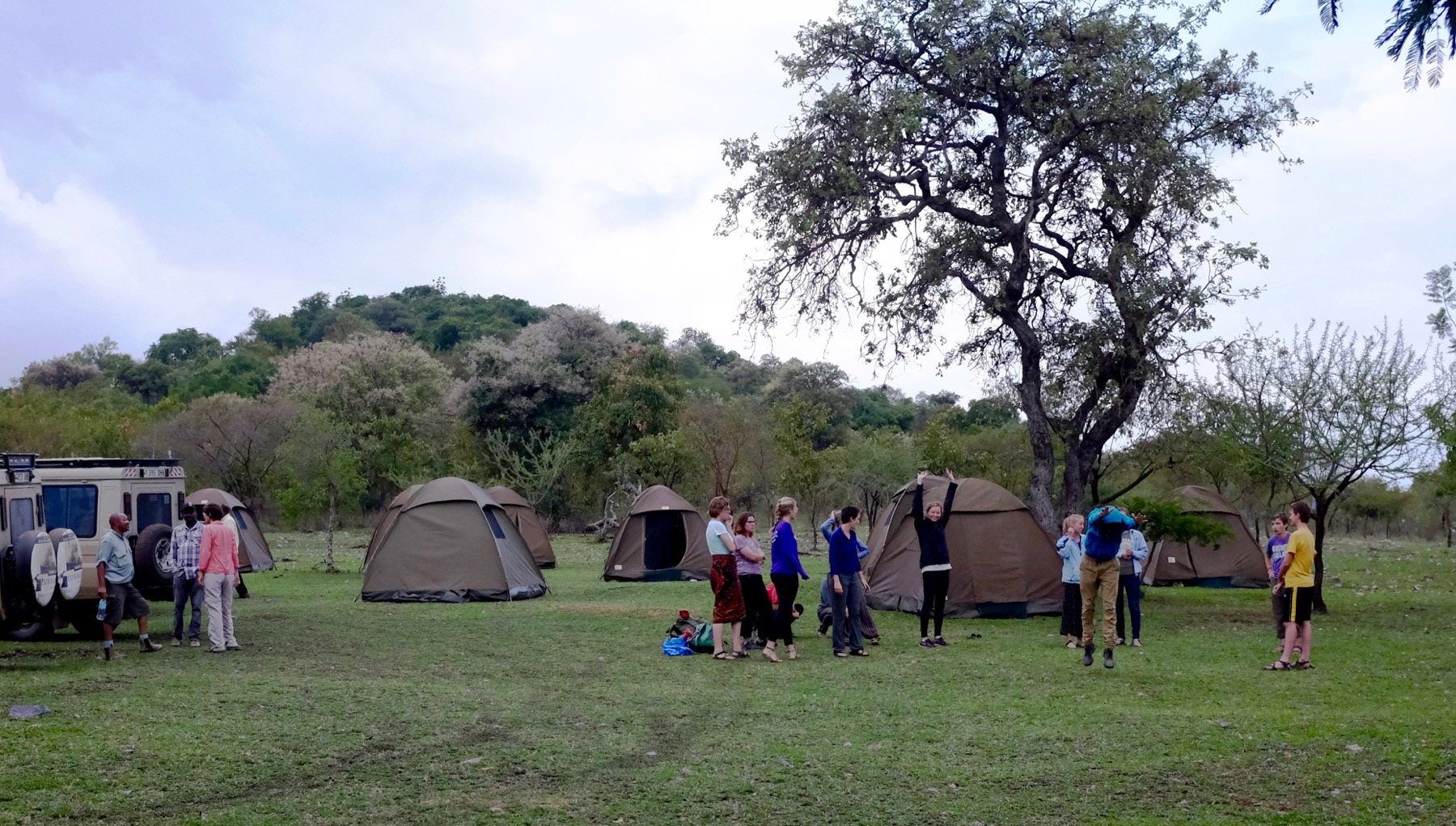

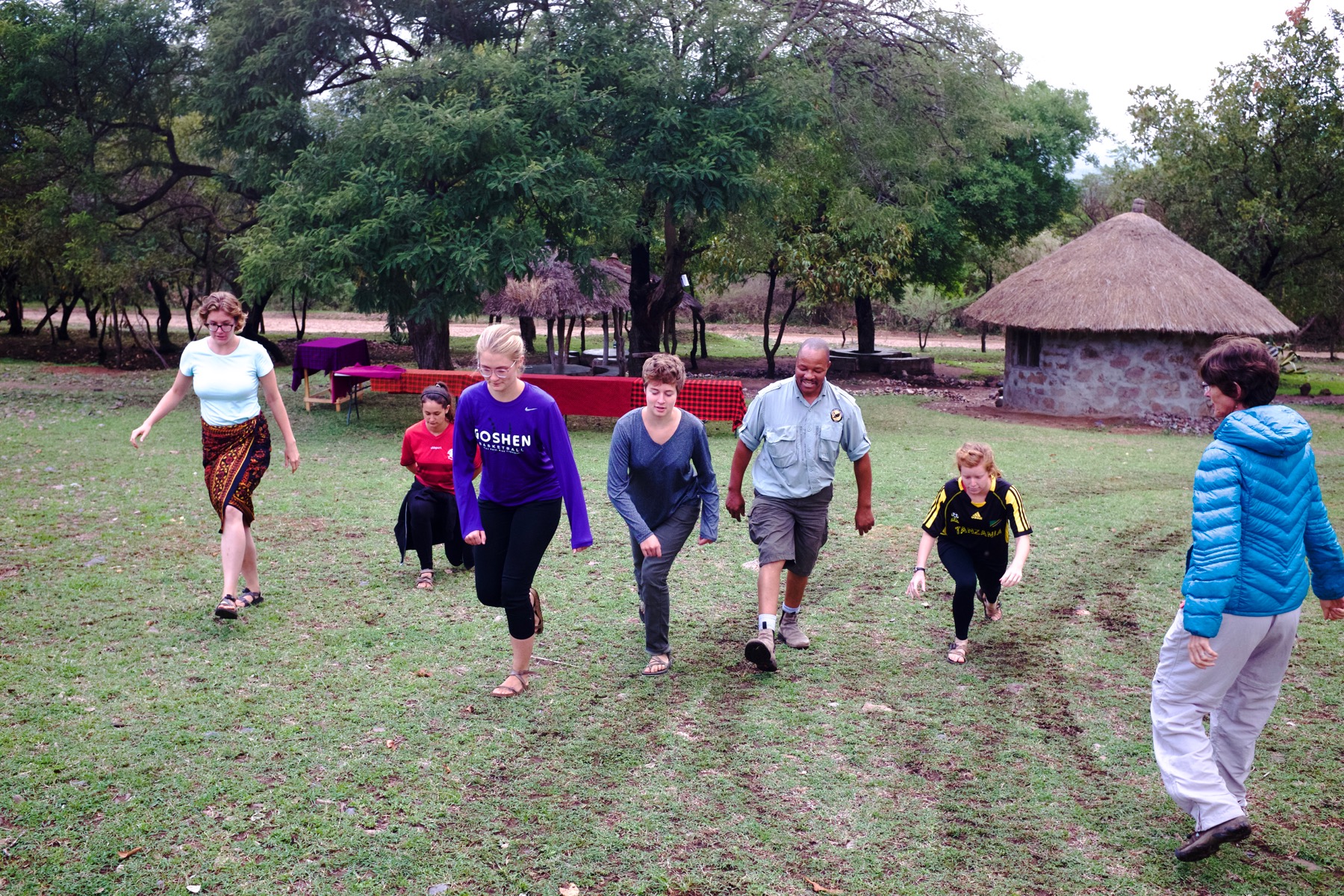
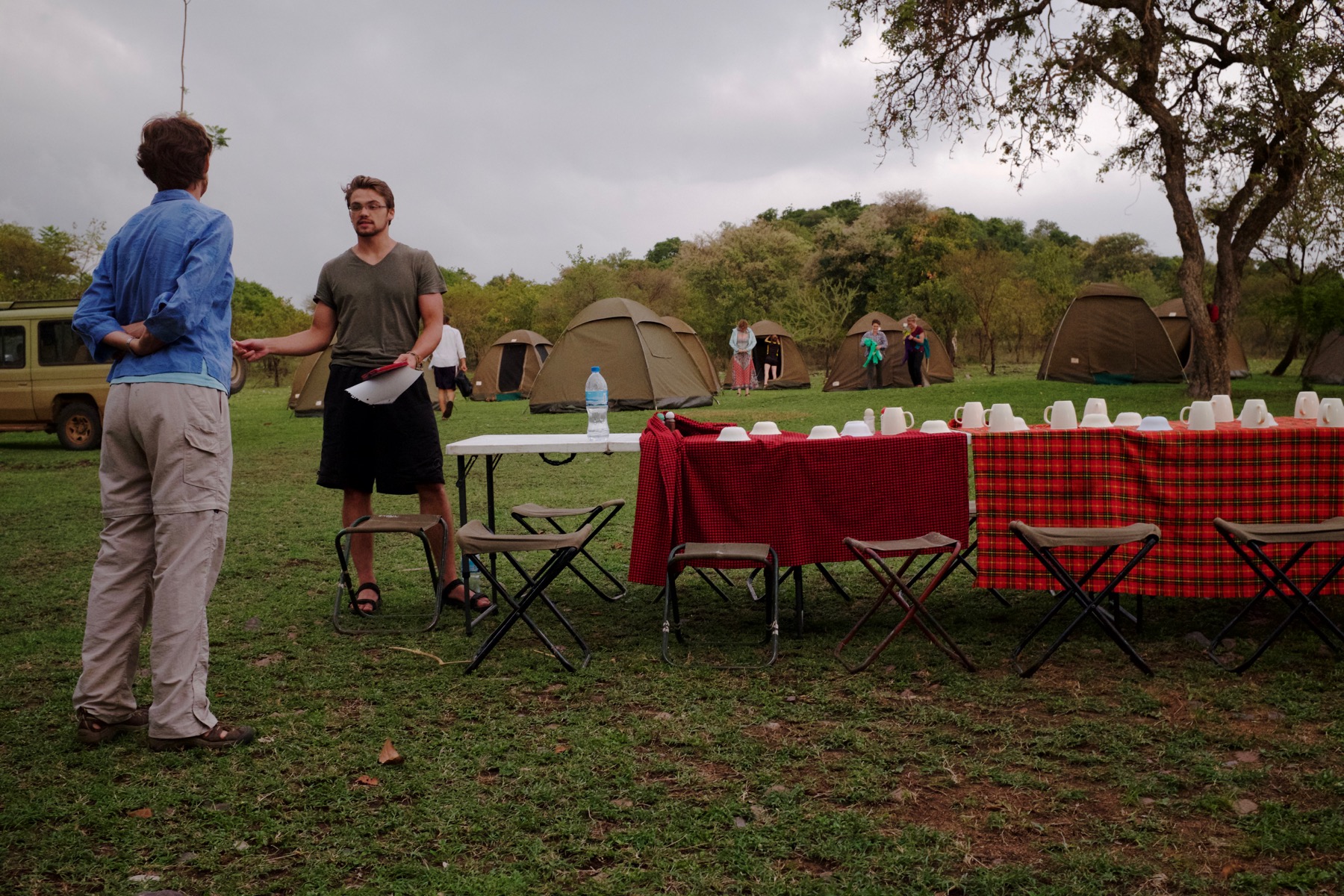
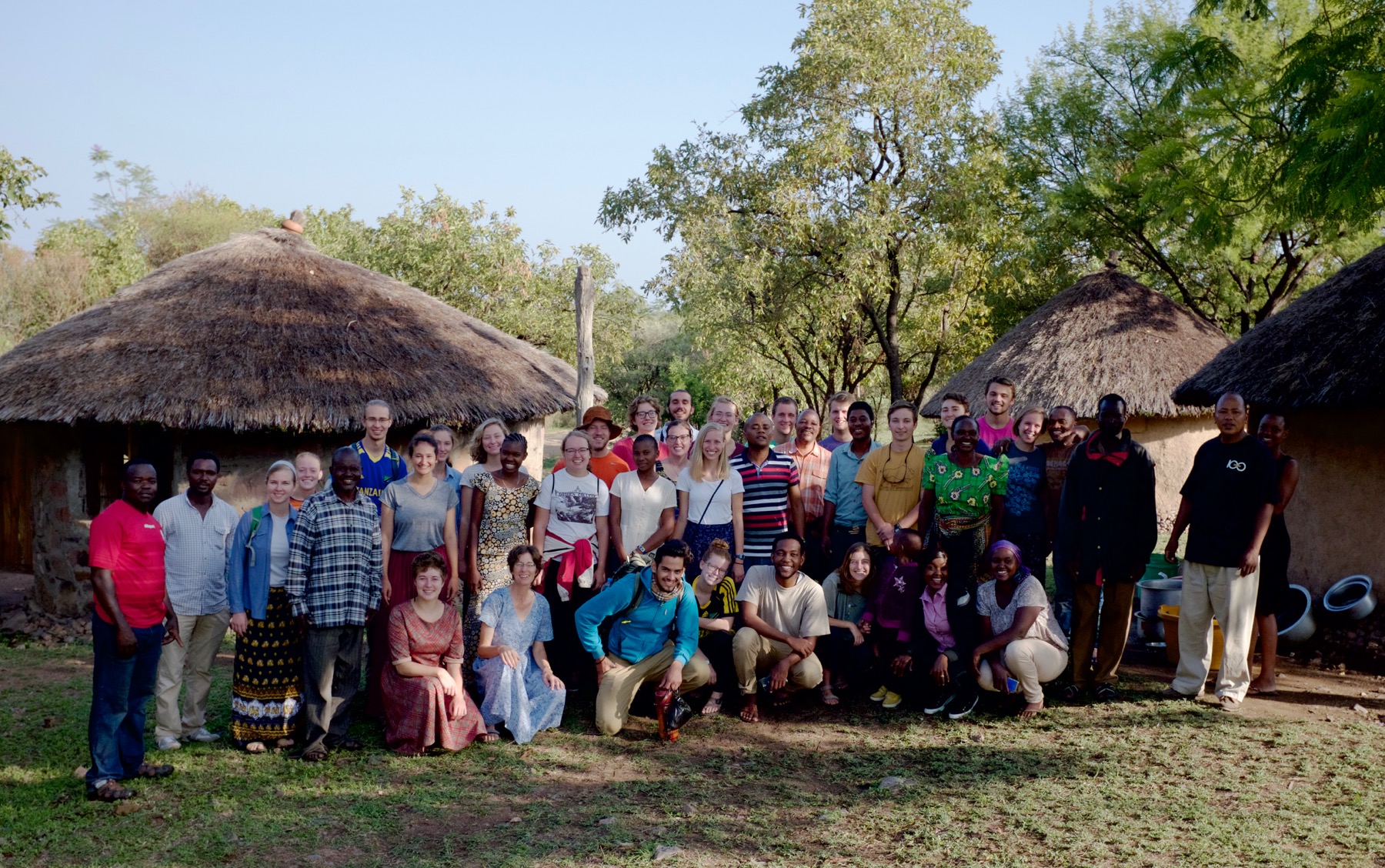
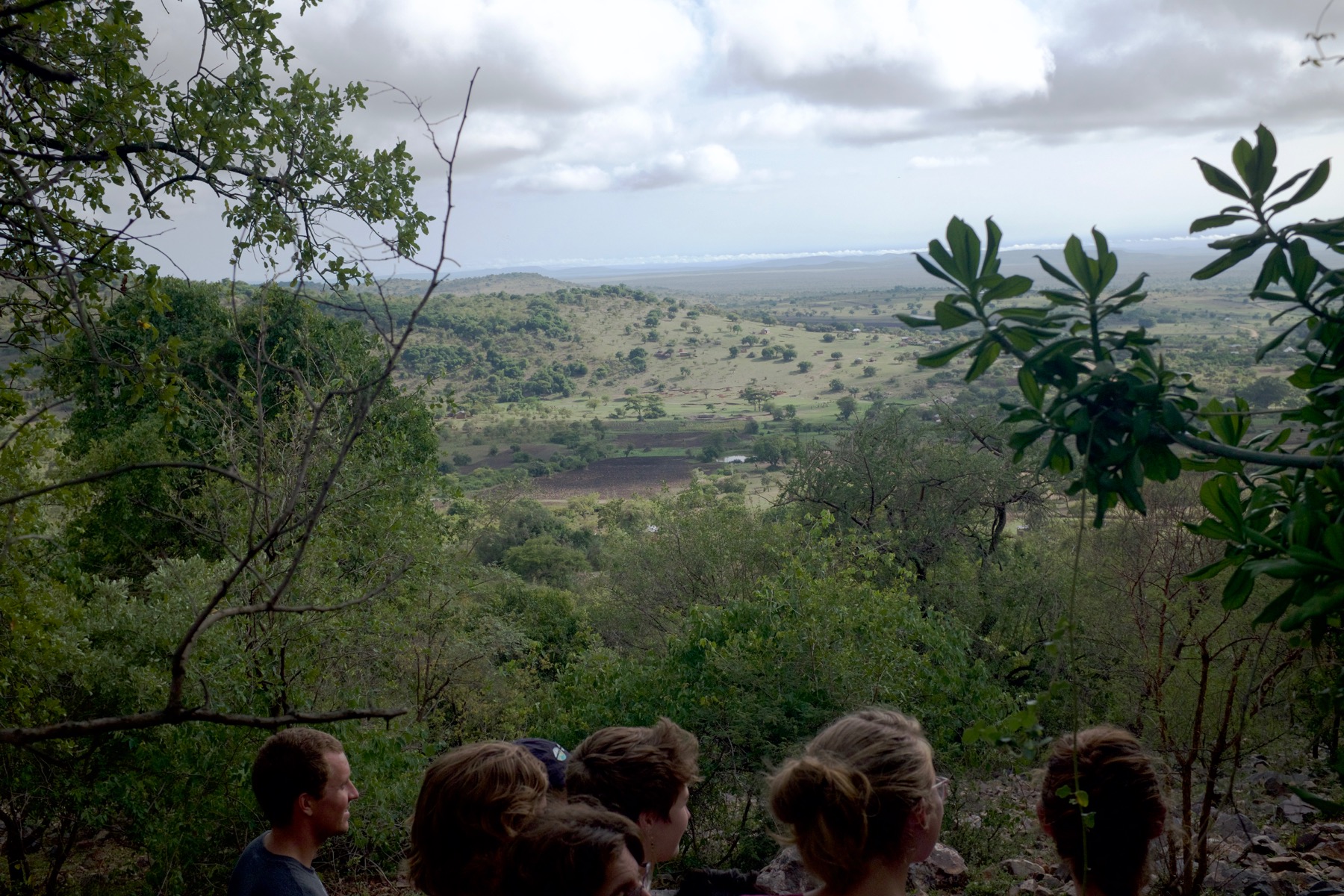
What’s the best way to conserve Tanzania’s biodiversity, and at the same time generate some income for the country? The NCA and the Serengeti National Park are two kinds of conservation areas, run by the Tanzania government.
We visited the Grumeti Reserve which represents a third, more capitalist approach: In 1993 the government set aside 440 square kilometers just outside the Serengeti National Park as a “game reserve” where hunting is allowed but no people are allowed to live. They offered it up for concession: A company could pay for a license to operate and profit from tourism operations in the reserve.
In 2002 the non-profit Grumeti Fund (founded by American investor/philanthropist Paul Tudor Jones) became the concessionaire. Since then, they have paid for all the hunting permits allocated for the game reserve so as to stop hunting, and they fund environmental education, community outreach, and enforcement (together with Tanzania authoriites) of conservation laws in the reserve.
Four years later they invited the Singita group in to run a high-end luxury lodge, and tourist facilities for visitors. The likes of George W Bush and Will Smith have been visitors. The idea is that once the lodges have a high enough occupancy rate, income from those operations will flow back to the conservation efforts as well. We had a chance to tour their Sasakwa Lodge, which is on a hilltop with a stunning view of the valley below. It’s on part of the route of the annual wildebeest migration.
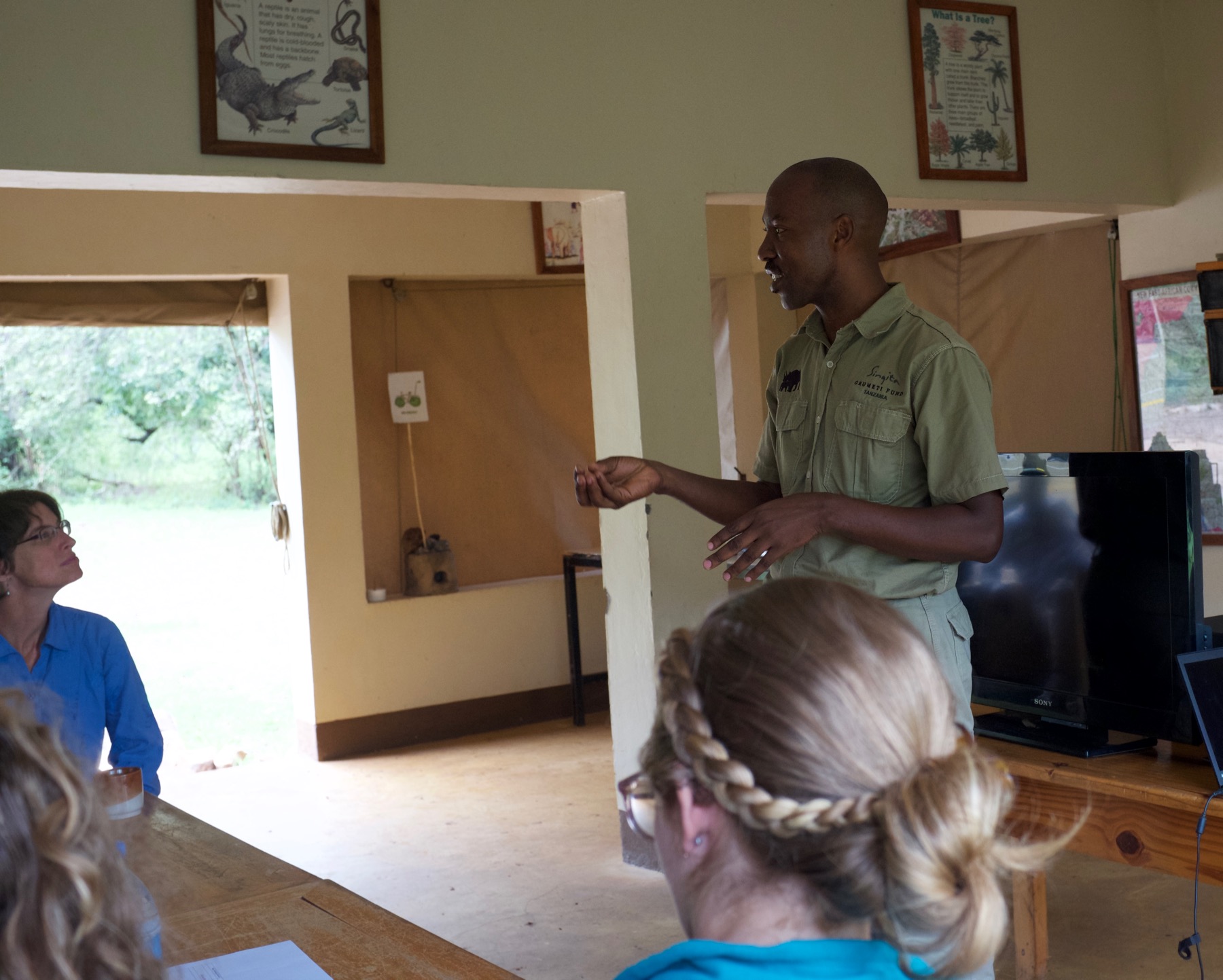
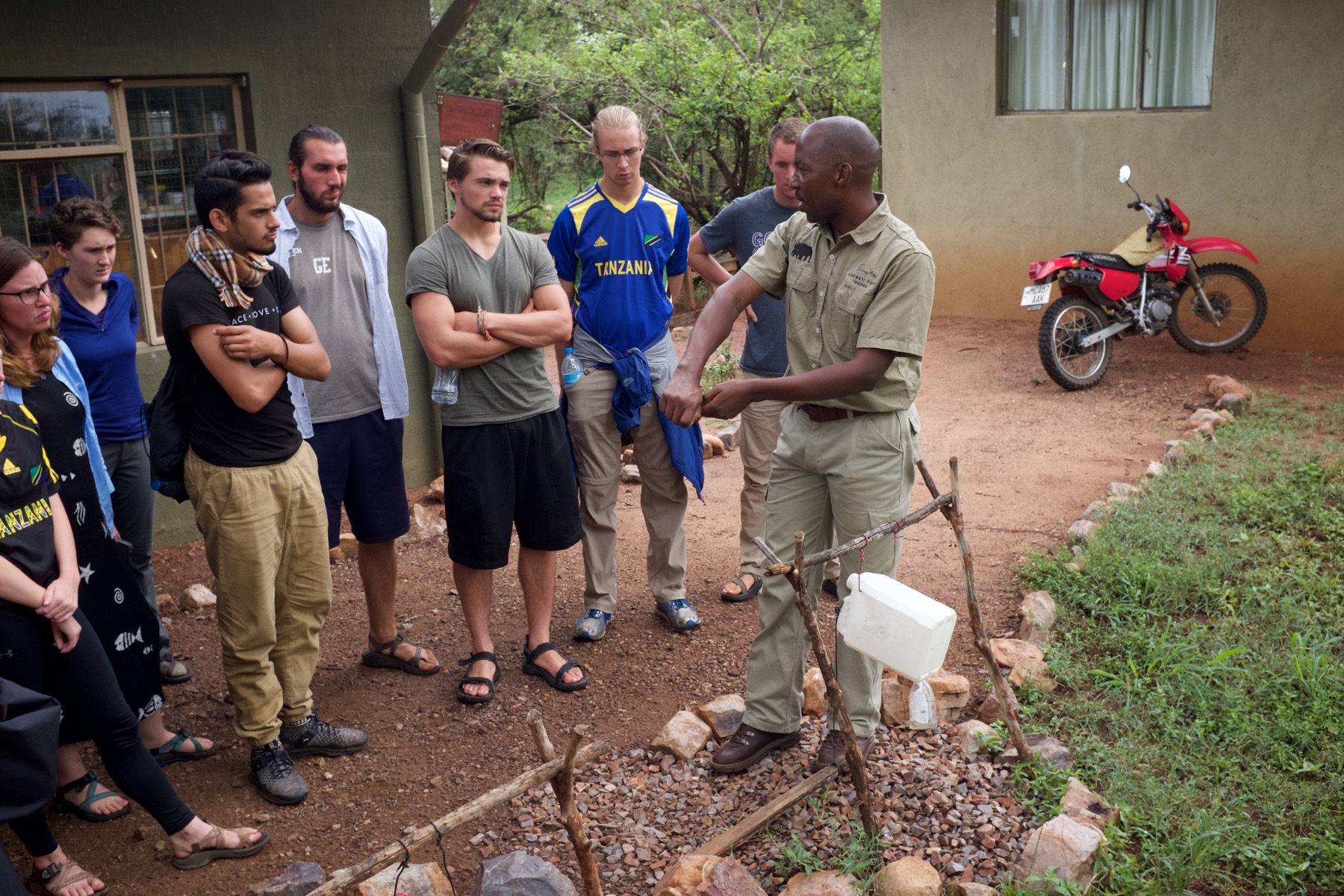
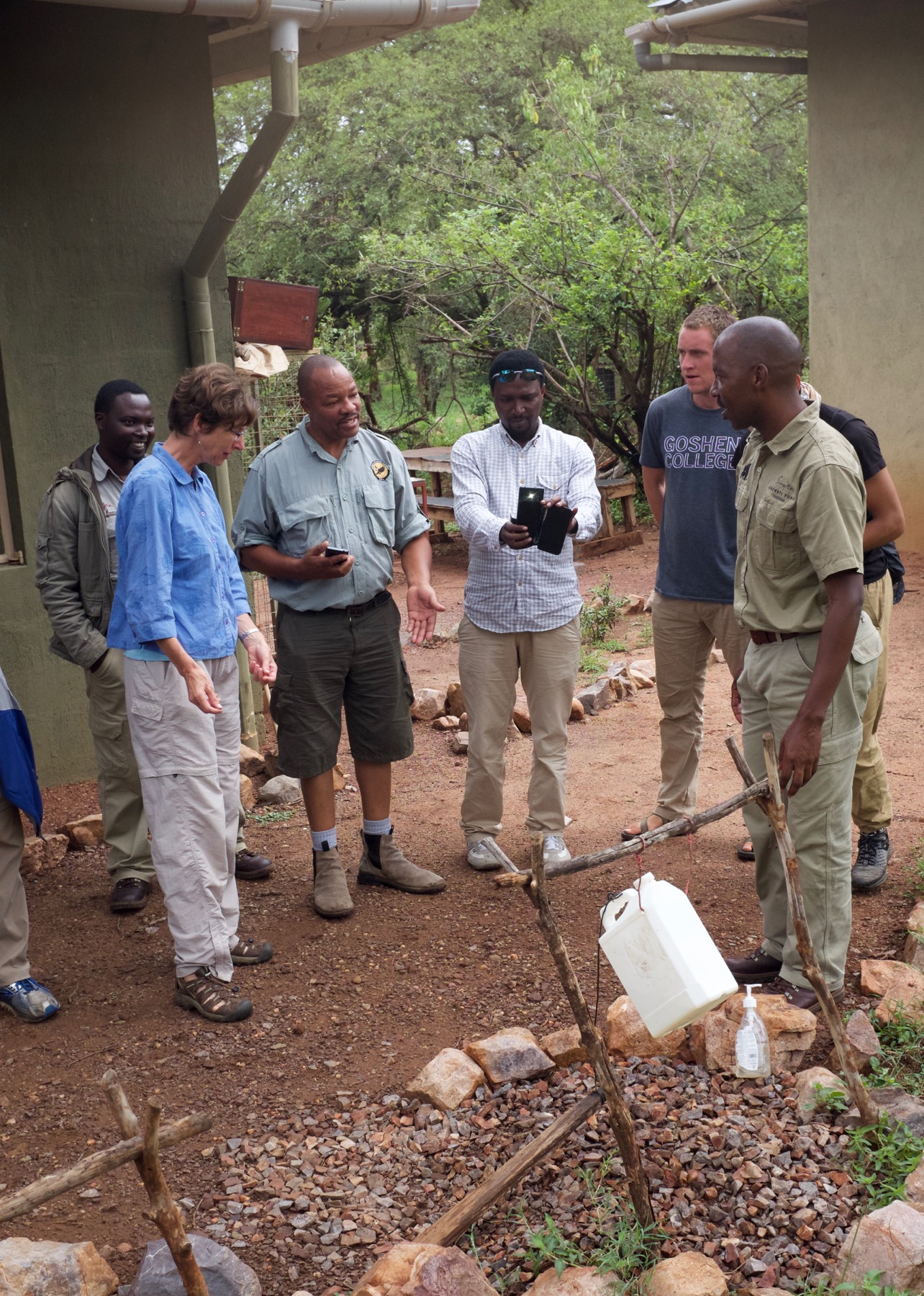
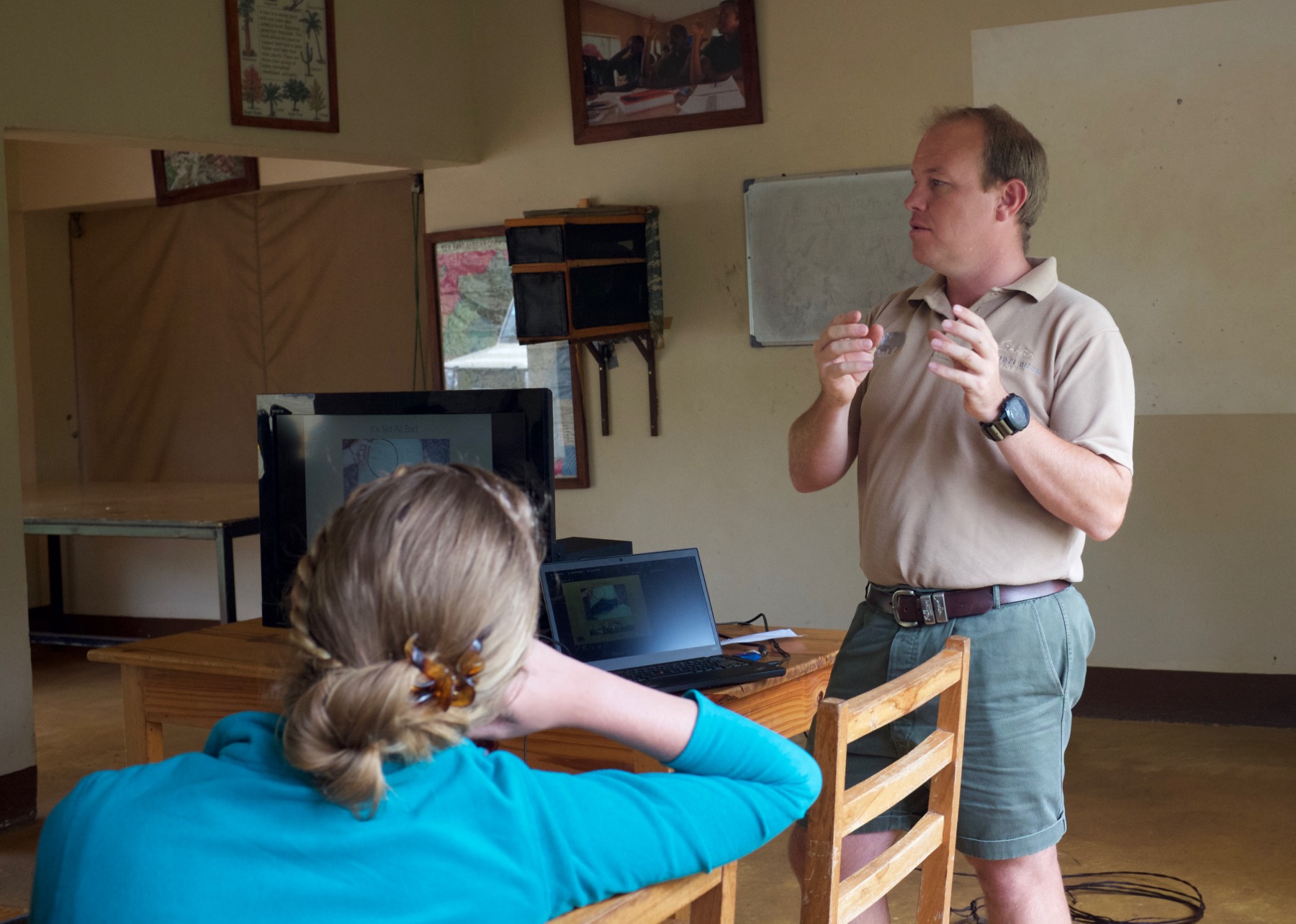
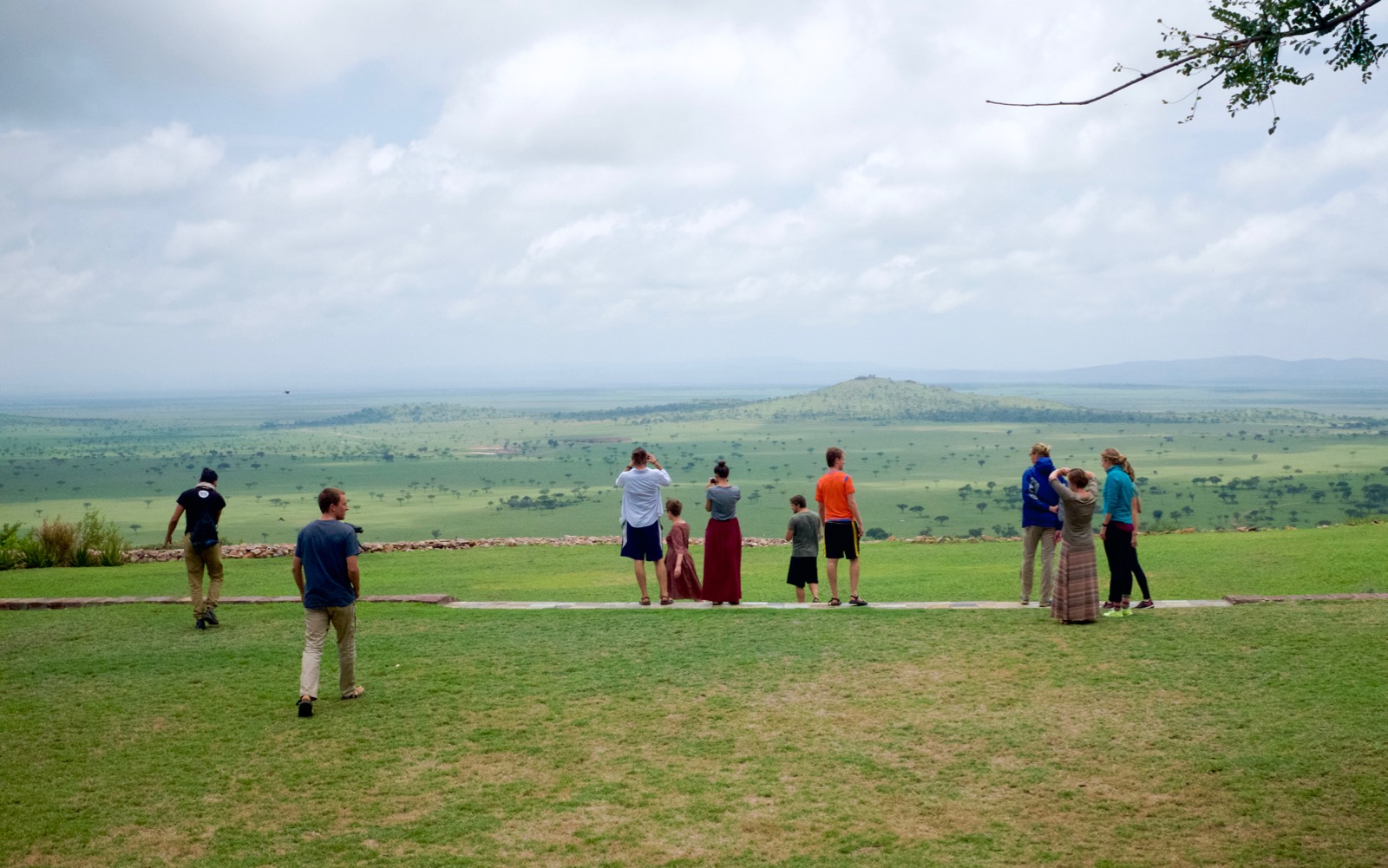
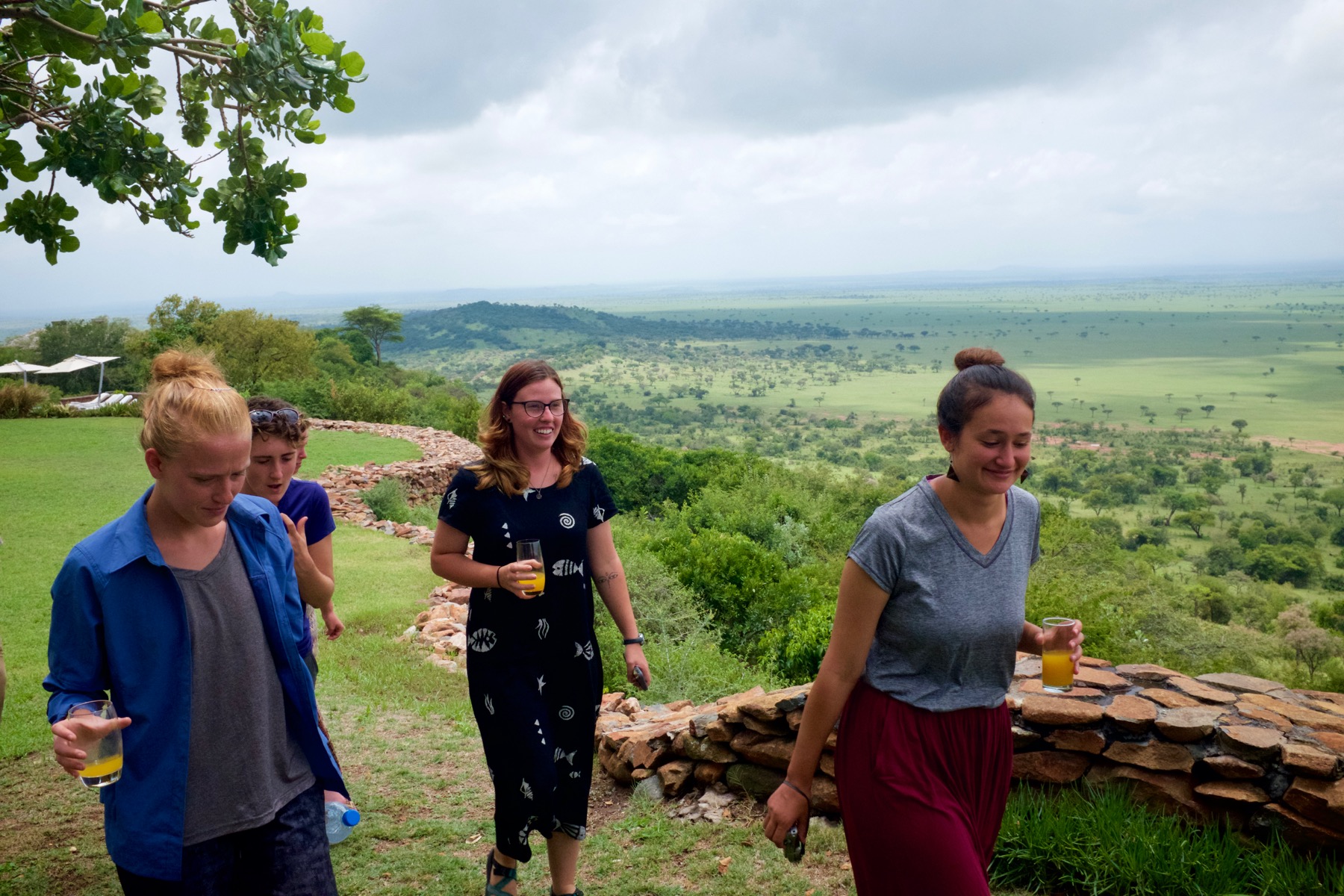
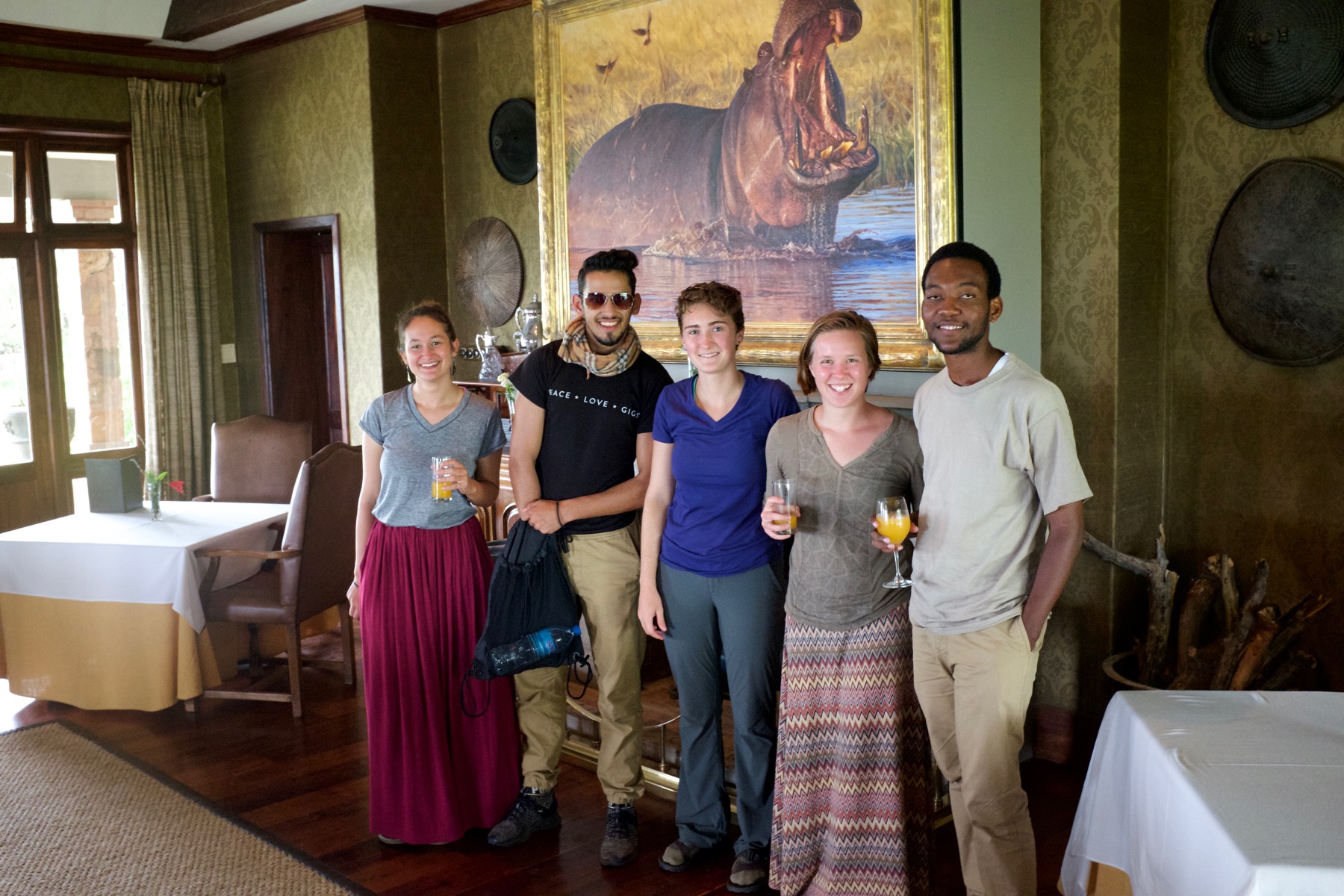
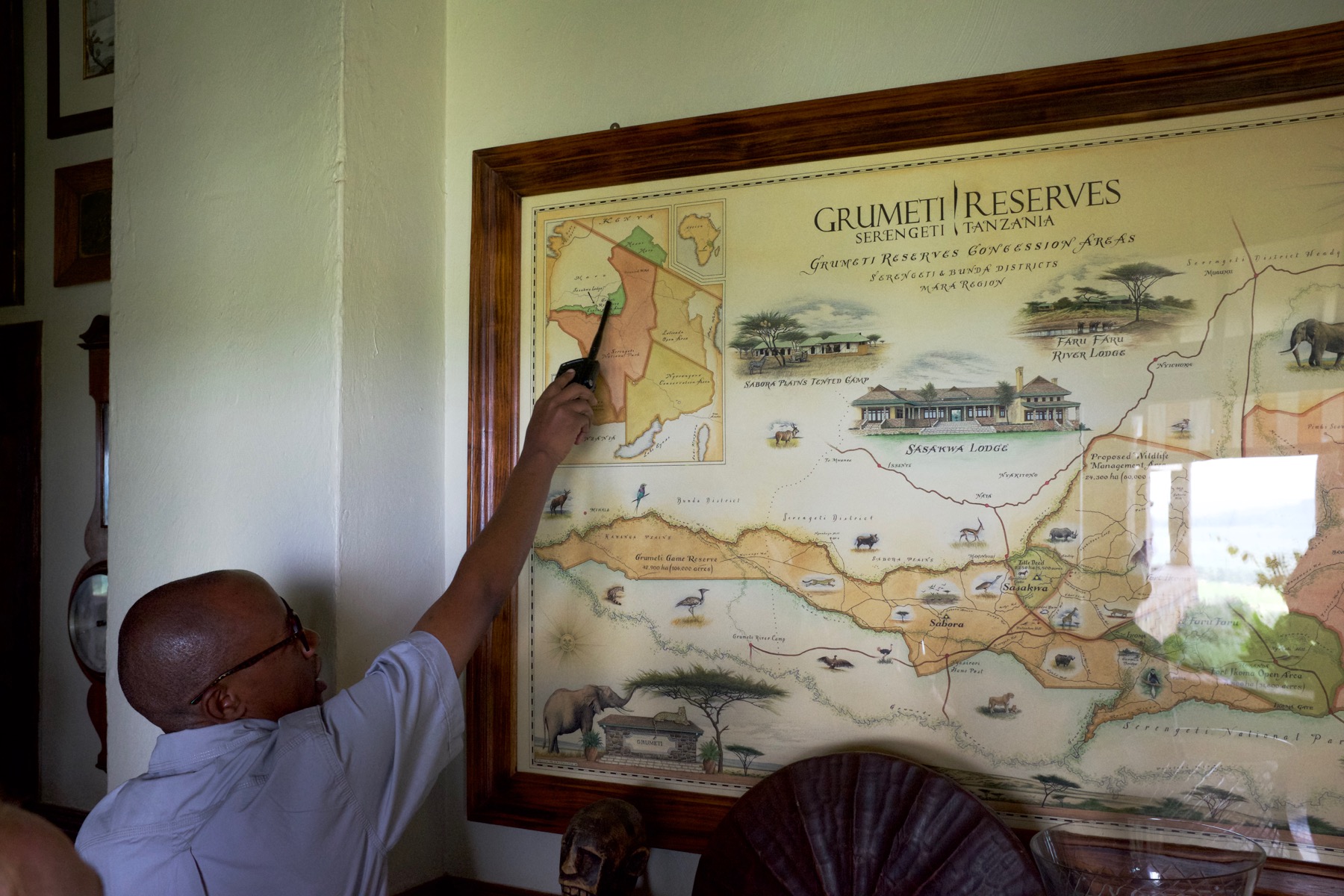
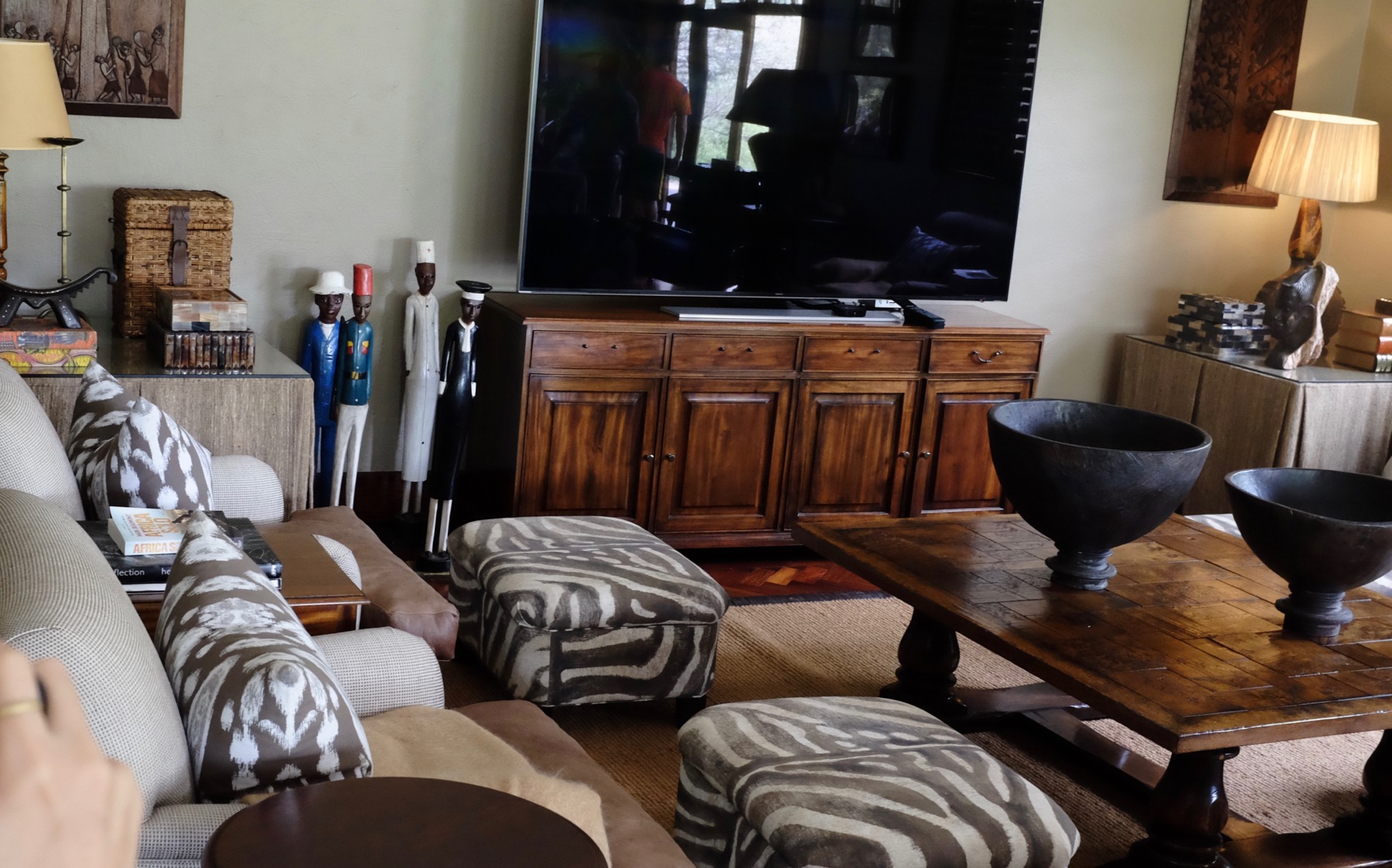
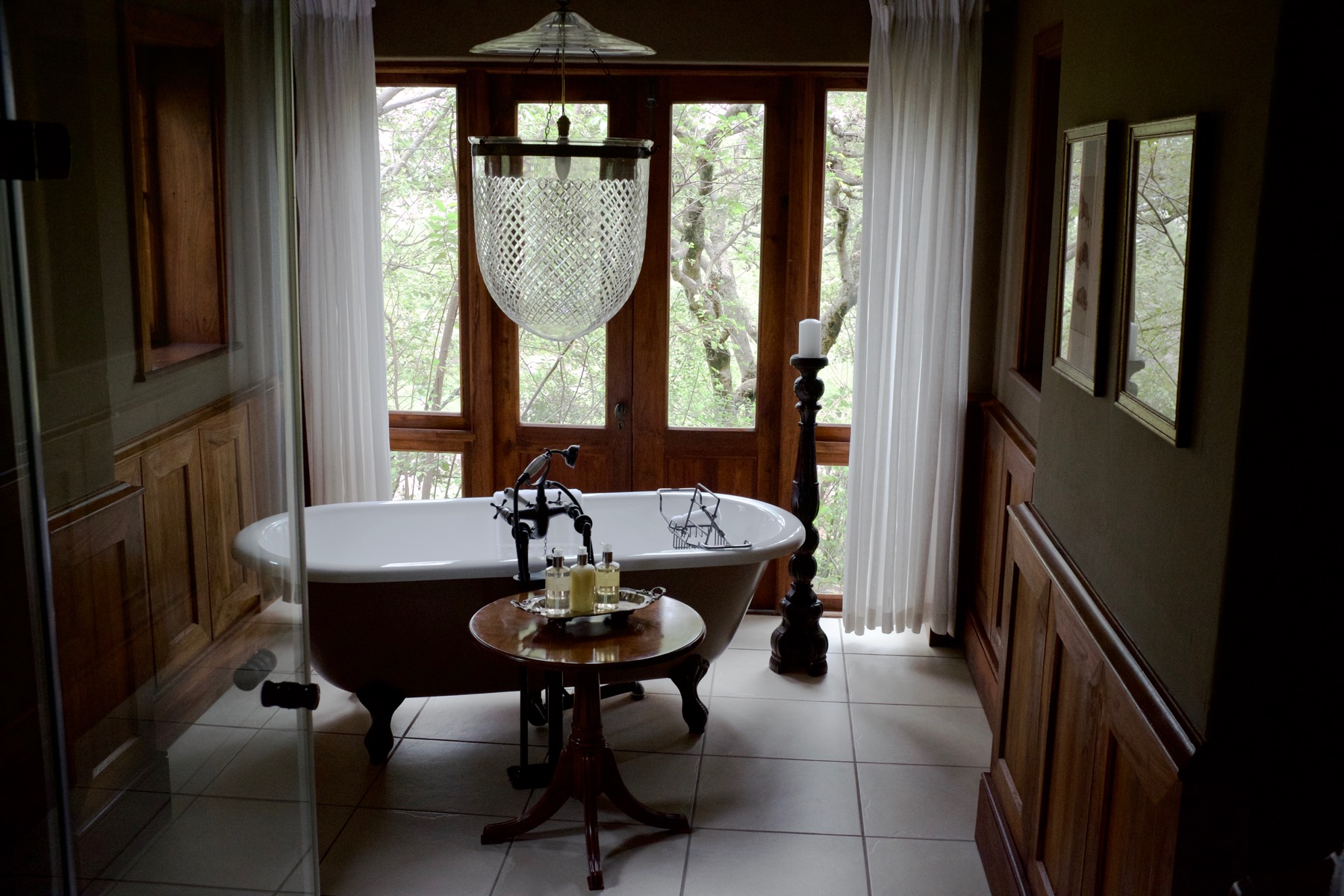
We said goodbye to our drivers and cooks, and left the Ikoma Cultural Centre the next day, headed towards Musoma. But we made one last stop at Butiama. This is where Mw. Julius Nyerere grew up, and where he and his parents are buried. Nyerere was the son of a chief (named in colonial times) of the Zanaki people. Our guide for the visit was Madaraka Nyerere, one of Mw. Nyerere’s sons.
One of the pictures shows a bao table (an African game). The story goes that young Julius played bao with an Ikizu chief who was friends with his father, and frequently managed to beat him. The chief suggested to his father that Julius might be worth educating, and he got a chance to start primary school (unlike his older brother).
You might see the rosary in the Mausoleum. Nyerere became a Catholic at the age of 21. Tanzanian bishops opened a cause for his beatification seven years after his death–the first step towards sainthood.
